EK has been in the water cooling game a long time now and EK’s last Supremacy EVO iteration of CPU water blocks was launched way back in 2014. CPU waterblock performance hasn’t changed much since those days (at least on the mainstream sockets) and so the EVO was still holding it’s own many years later when we last tested it on Intel. The Velocity provides an update to the EVO and brings a new but similar look. EK were kind enough to send us 3 Intel versions and 2 AMD versions: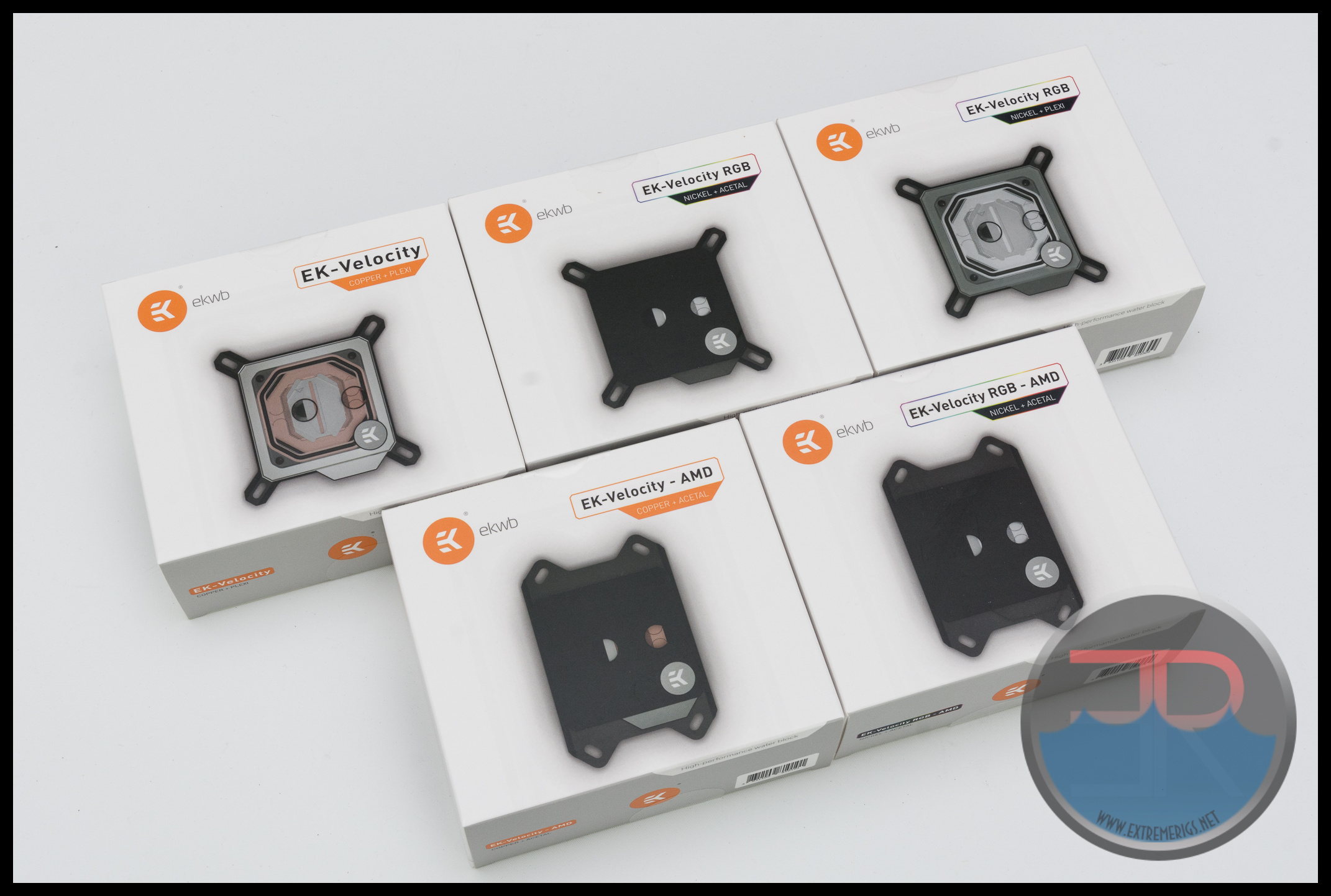
The CPU block is called the Velocity. By EK’s saying the new block was inspired by “The necessity to be lean and agile in the world of liquid cooling”. We agree on that point and EK have led the way in terms of agility putting out perhaps as many new products as everyone else combined.
EK were also a pioneer in keeping a consistent design language between products. This design language has evolved over time and not all the generations have names. Let’s, for fun have a brief recap…
The “Wavey” years – exemplified by a block I had multiple versions of for the 8800GT: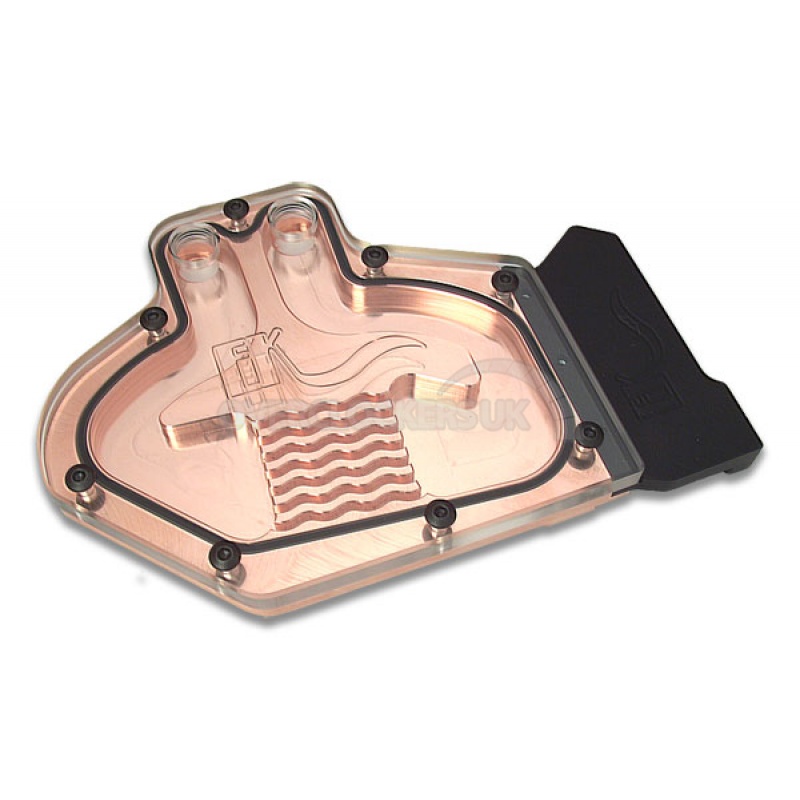 “Clean Lines” – Not too long after this block the Supreme HF launched and the EK logo as we know it was born:
“Clean Lines” – Not too long after this block the Supreme HF launched and the EK logo as we know it was born: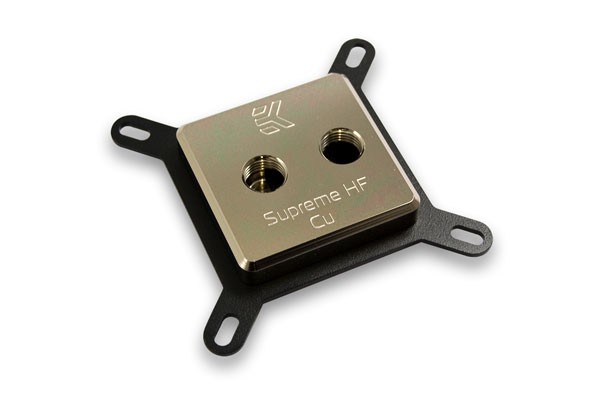 This generation was much loved for it’s clean lines, and although some products had a massive EK logo they were generally well received. After a while though EK wanted a new look and bravely launched the “CSQ” (Circle SQuare) line:
This generation was much loved for it’s clean lines, and although some products had a massive EK logo they were generally well received. After a while though EK wanted a new look and bravely launched the “CSQ” (Circle SQuare) line:
The CSQ line proved to be very divisive and was retired in favor of a return to clean lines which essentially just removed the circles from the CSQ lineup, but kept the square design after a relatively short period.
That brings us up to date, and the new block is part of a design language that EK has dubbed “Quantum”.
The logo badge is retained, but the look is less square and more bevelled. Bevelled tabs are used to accentuate the design. The result is aesthetically pleasing, but not as clean by definition. EK intend to use this design language throughout the product line and have already launched GPU blocks with the same design:
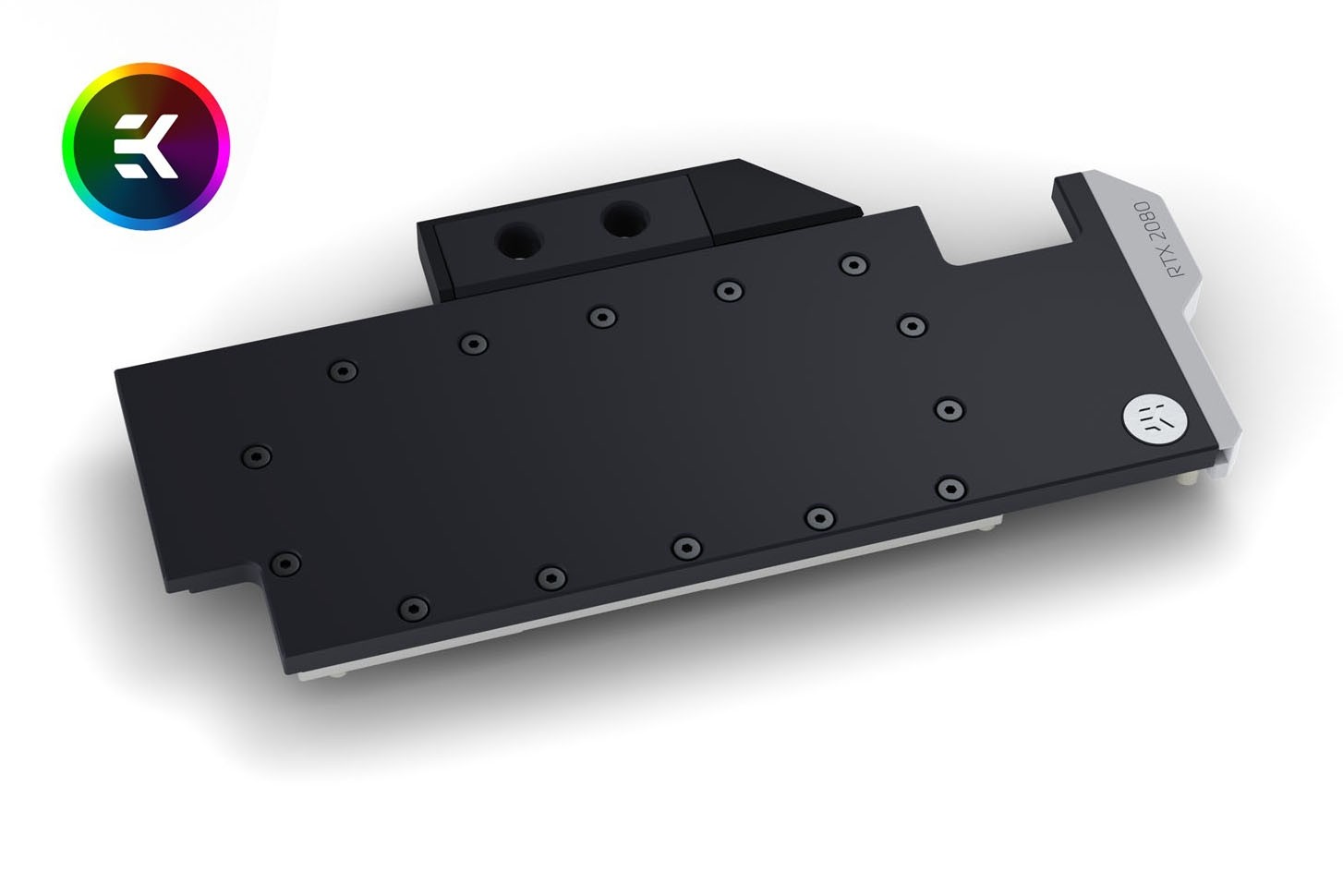 One of the more noticeable changes is the ability for the Acetal blocks to still utilize RGB LED Lighting:
One of the more noticeable changes is the ability for the Acetal blocks to still utilize RGB LED Lighting:
For this white acetal is used in strategic locations and back lit. As someone who likes the clean look of black acetal but is also a closet LED lover, then I have to admit to being quite pleased. The RGB LED is a standard 4 pin type and EK made sure that new blocks supports all of the RGB software by the following hardware providers.

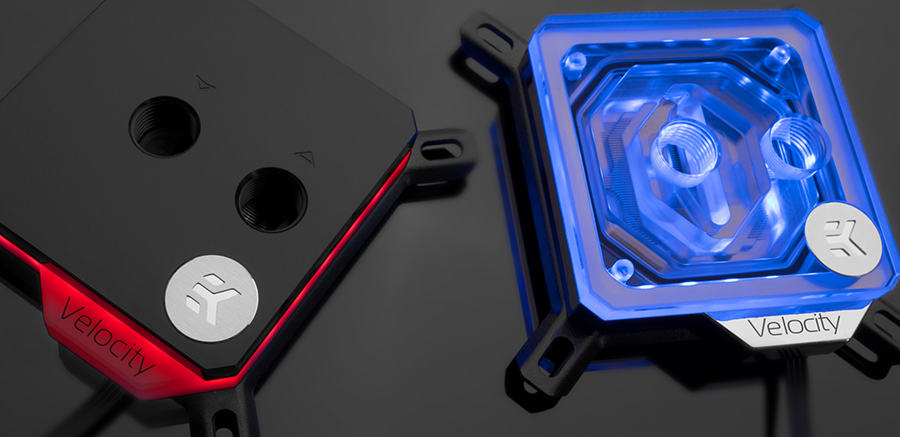 Of course Acrylic tops still have the benefit of showing coolant. So enough of looking at the marketing stuff, let’s dive right into the physical blocks.
Of course Acrylic tops still have the benefit of showing coolant. So enough of looking at the marketing stuff, let’s dive right into the physical blocks.
Even the boxes have been updated for the new Quantum generation. The rear of the box contains a good amount of information and a QR code for the user manual. This is a nice touch for retail locations where you might want to verify something before buying. This is particularly important because the box neglects to mention which CPU sockets are compatible, the Intel block makes no mention of Intel while the AMD block at least says AMD it doesn’t make any mention of not being for Threadripper. However the instructions imply that any version contains interchangeable mounts for both Intel and AMD. However this is not the case as you’ll see, indeed the correct parts can’t as of yet be bought individually, though we believe EK will sell them soon. It’s also nice that the front of the box shows exactly the block you are getting. Most other manufacturer’s do not do this.
So to recap on exactly what each block supports:
Supported Intel Version sockets are:
- LGA 1155
- LGA 1156
- LGA 1150
- LGA 1151
- LGA 2011
- LGA 2011-3
- LGA 2066
Supported AMD Version Sockets are:
- AM4
To swap between the sockets you need a different mounting bracket and a different backplate. The backplate is not needed for sockets 20XX.
Opening up the box and it seems like the packaging is very similar to the old design physcially. However it was a surprise that the inner box was grey. It’s been quite a long time since I’ve received an EK waterblock without an orange inner box!
Inside the first flap is the mounting kit. This consists of 2 sets of 4 mounting posts, 4 thumb nuts, 4 springs and 5 plastic washers. An allen key is also included to open the block for servicing or changing jetplates. An extra jetplate is also included. The extra jetplate is optimized for Socket 2011 and 2066.
Underneath the second flap is the block and some Thermal Grizzly TIM. We like that EK include a premium TIM rather than none or even some unbranded unknown gunk.
Underneath the CPU block is some protective foam and then the metal mounting backplate for Intel 115X sockets and a universal rubber motherboard protector that works for AMD and Intel versions.
Unwrapping the block, the most noticeable thing is just how high quality the manufacturing on the part is. Typically in my experience, manufacturing quality has always been epitomized by AquaComputer and Watercool at the high end, and Alphacool/Phobya at the low end. EK quality was always good, but it was usually a small step below the leaders. This new block is well and truly at the top.
There are lot of well thought out details on the block and no short cuts seem to have been taken.
Our only complaint that we can muster is that we are not a fan of screw threads being located in the acrylic. Such screws are sensitive to being over tightened and cracking the acrylic and possible leaks. While this would be a “user error”, we are a fan of making things idiot proof where possible as Watercool did on their Threadripper block.
EK have kept their very noticeable sticker for protecting the base. Interestingly the leak testing sticker is no longer on the block sealing point. We are ok with this, as sometimes it could be seen and was distracting.
The base is perfectly mirrored, far more polished than we are used to from EK. Comparing all three version of the Intel block we get a taste of the options:
Acrylic blocks always have the chrome velocity ring even if there is no RGB LED, while the Acetal block has either black or white velocity rings.
I’ve never been a fan of mixing copper with other metals for aesthetic purposes, but we are glad that EK gives you options.
Let’s now take a look at the AMD version:
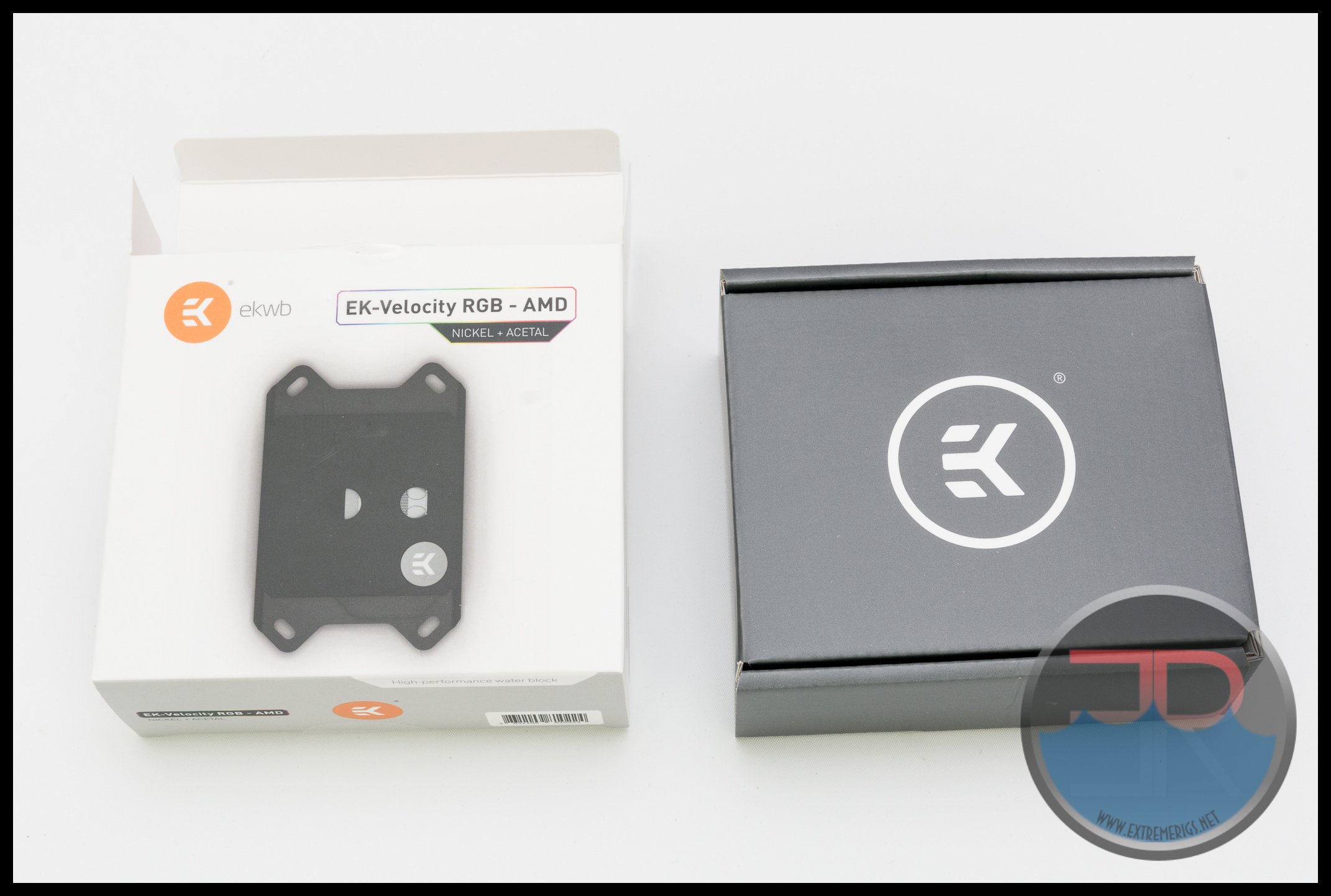 Unlike the Intel box – the AMD box does specify AMD. Otherwise things are pretty similar:
Unlike the Intel box – the AMD box does specify AMD. Otherwise things are pretty similar:
One thing we like is that it’s the exact same screw set for both AMD and Intel. EK were able to reuse those parts which means lower costs. It may mean however that mounting pressures are limited by any CPU with the lowest maximum mount pressure. Typically though EK are really good on their TIM spreads and we don’t anticipate any problems here.
The whole package is essentially the same with the only difference being the mounting bracket attached to the block, and the backplate that goes behind the motherboard:
Because this is the RGB version of the acetal block – the velocity tab is in white acetal. This is the part that gets backlit by the LEDs: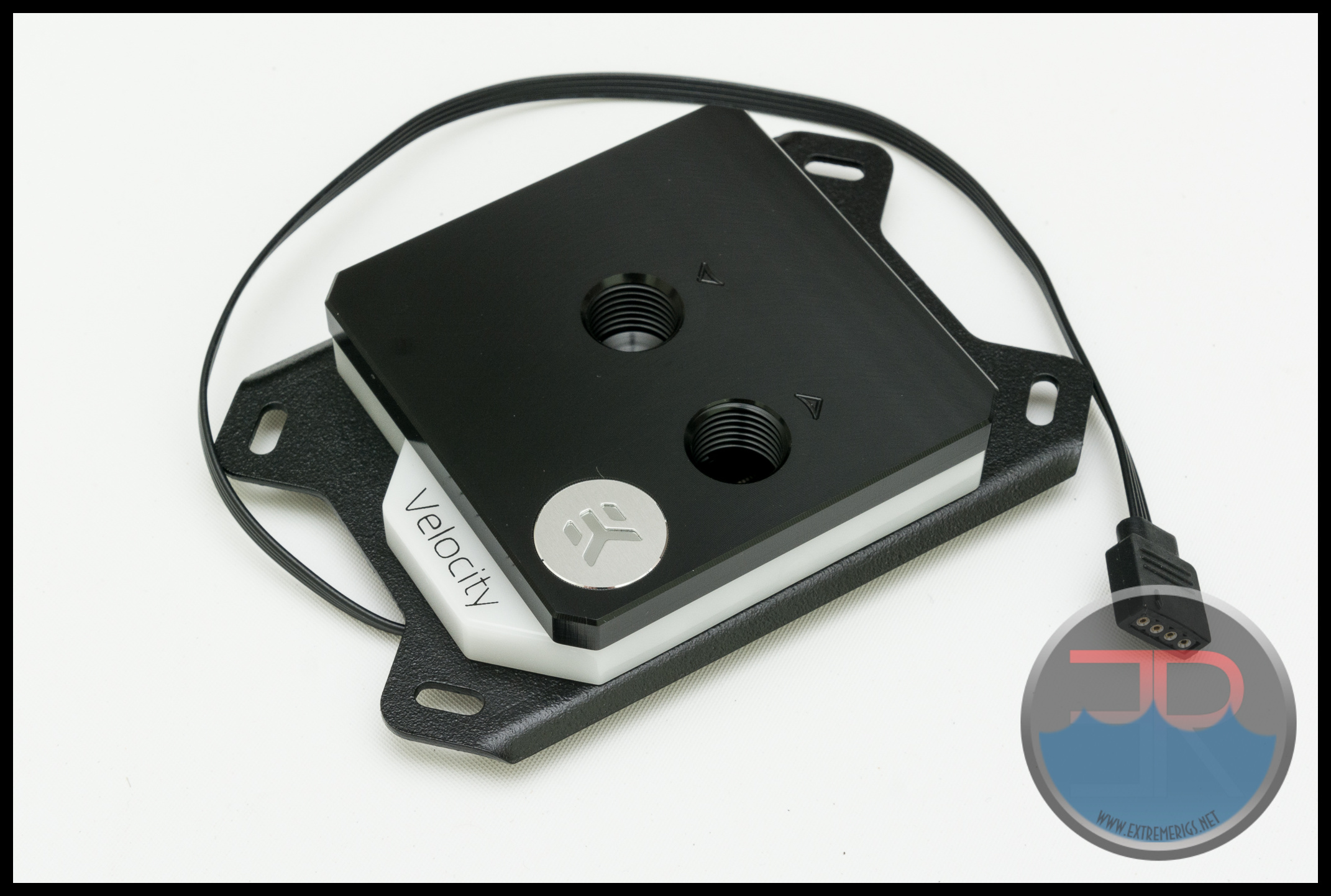
This is a real nice clean way to light up such a dark block and the white acetal forms a nice even complete ring around the block.
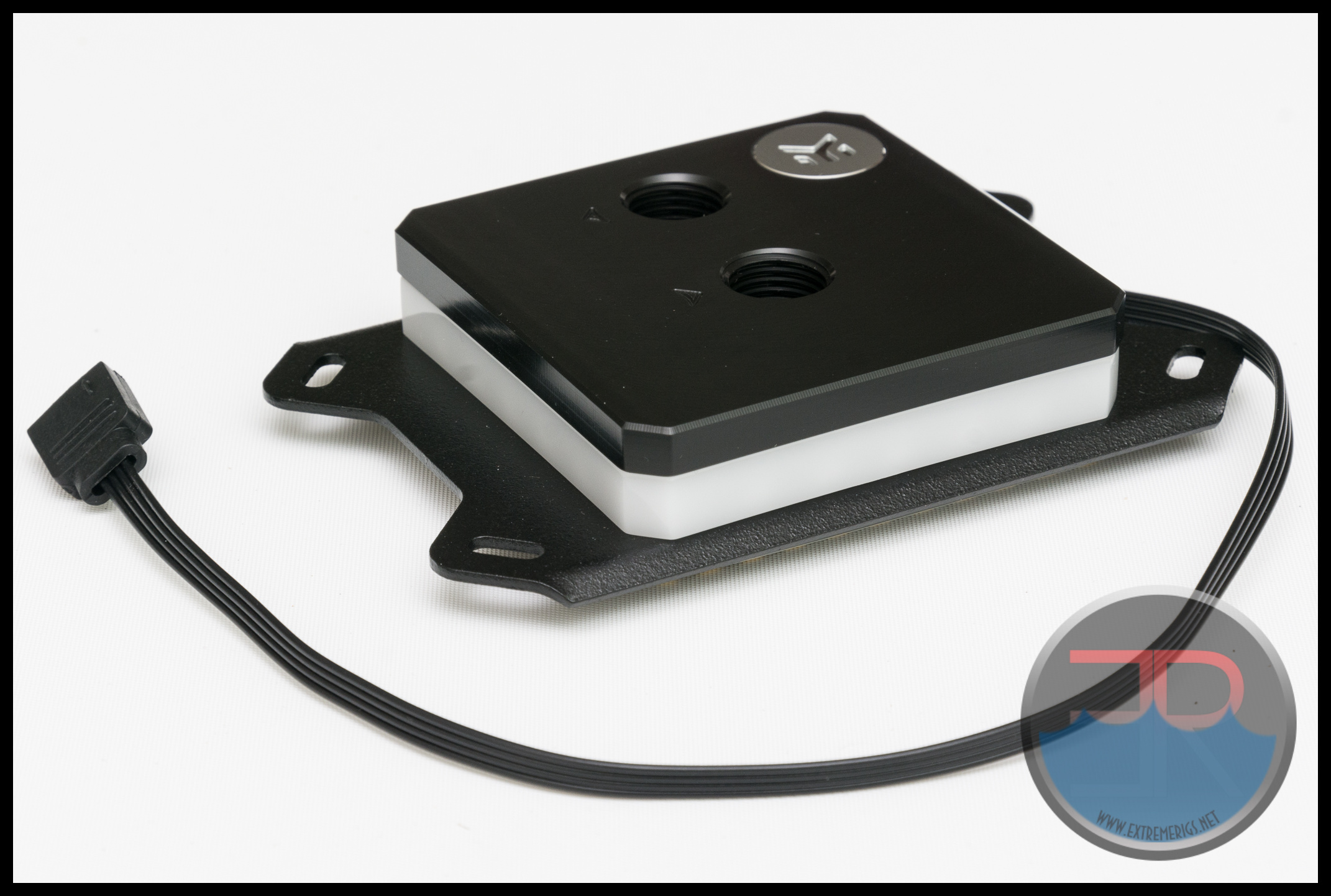 Like the Intel block – the mounting bracket is powder coated in a textured paint and it’s also been bent in a bevelled fashion in order to make it more rigid. Rigidity is important on the mounting bracket because the mount pressure can cause a weak mount to bend over time and reduce pressure.
Like the Intel block – the mounting bracket is powder coated in a textured paint and it’s also been bent in a bevelled fashion in order to make it more rigid. Rigidity is important on the mounting bracket because the mount pressure can cause a weak mount to bend over time and reduce pressure.
Even the protective sticker is the same as the Intel block. We do like the small touch to bring the wiring for the LED out underneath the mounting plate for a cleaner look. Someone at EK has been increasing their OCD lately.
This block too is perfectly mirrored.
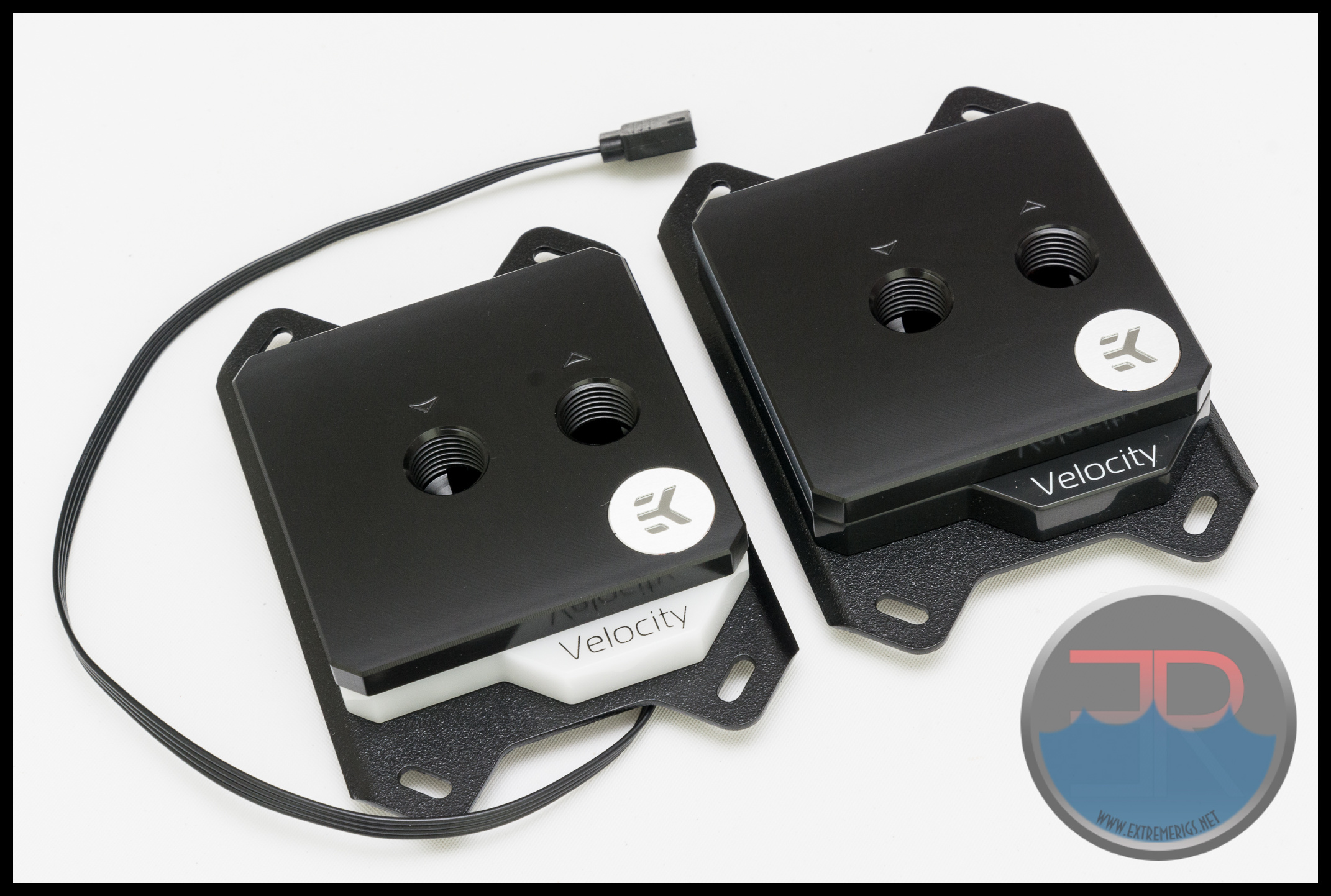 Comparing both RGB and non RGB Acetal versions we spot the immediate difference. The non RGB of course gives a cleaner look – though we wish the black velocity ring was acetal to match the top, but it looks to be a different material – most likely acrylic.
Comparing both RGB and non RGB Acetal versions we spot the immediate difference. The non RGB of course gives a cleaner look – though we wish the black velocity ring was acetal to match the top, but it looks to be a different material – most likely acrylic.
The machining on the top of the blocks is very fine and feels smooth to the touch. In the right/wrong light you can just make it out, but it’s subtle and the block feels classy and not at all cheap.
Altogether a great selection of high quality parts:
Of course the proof is always in the pudding. Sadly as our testbench is focused on Threadripper testing then we will have to wait for good thermal data, however given how tight performance is on Intel sockets we doubt we will see much difference one way or another. However here is the data from the Koolance CPU-400i review, where the Supremacy EVO was still doing decently for such an old design.

In the mean time though let’s do what we can on the Velocity block and look at flow rate testing.
As usual we vary flow rate and measure the pressure across the block. Here is the Velocity with the default jetplate compared to the previous generation Supremacy EVO and the most recent block we tested on Intel – the CPU-400i:
Our rule of thumb is to be under 1PSI of pressure drop at a 1 GPM of flow. This block meets this and is almost identical in restriction to the previous generation EK block as well as the latest award winning CPU-400. If we compare the 1GPM data point to every CPU block we’ve ever tested we see that it’s definitely in the middle zone:
So while this is somewhat expected, at the same time we had thought EK might be trying to lower restriction on this block, partly because of the name and other sentences in the press release.
Let’s take a look at the internal structure. Here is “blown up” schematic view of waterblock’s internal structure:
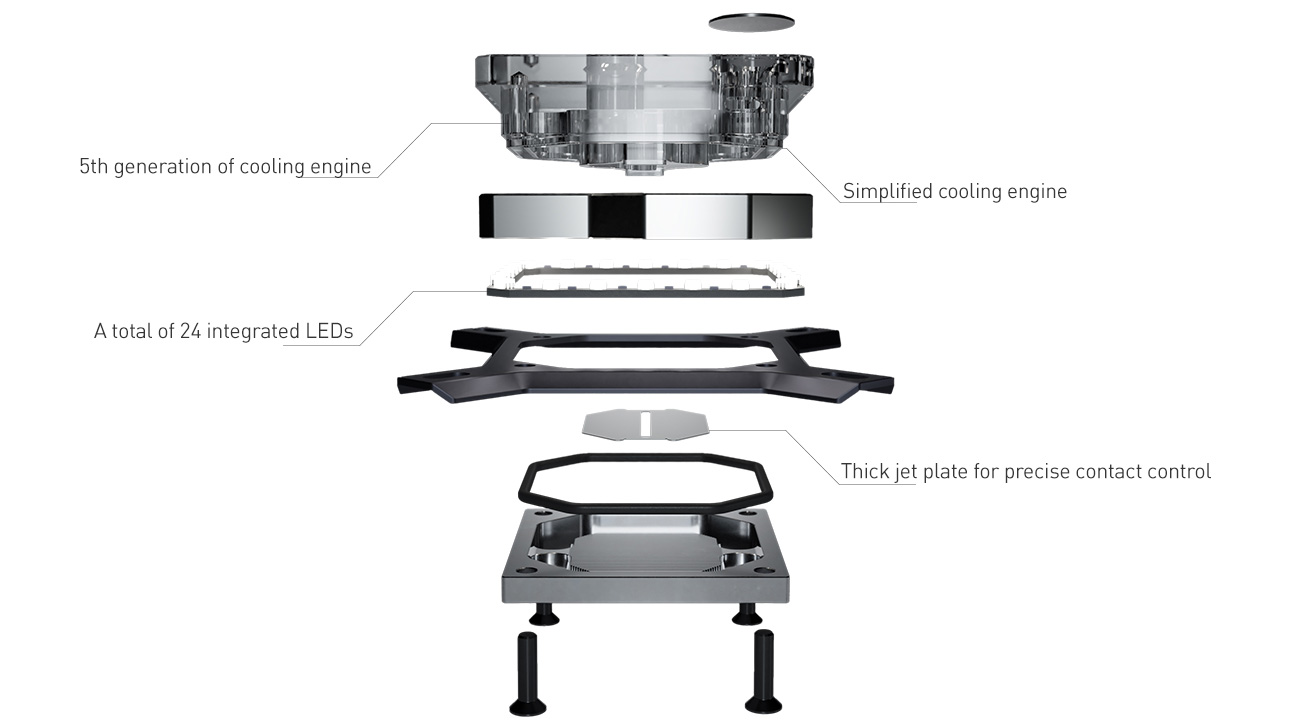
Opening up the block is easy with the provided allen key:
Once the screws are removed the block pulls apart:
While the jet plate didn’t stay attached to the plexi part, there are notches on the plexi to aid in keeping it in place during reassembly:
Surprisingly the LEDs are stuck to the mount mechanism. This does mean that the cost of a replacement mounting bracket to switch to AMD will be slightly higher than otherwise.
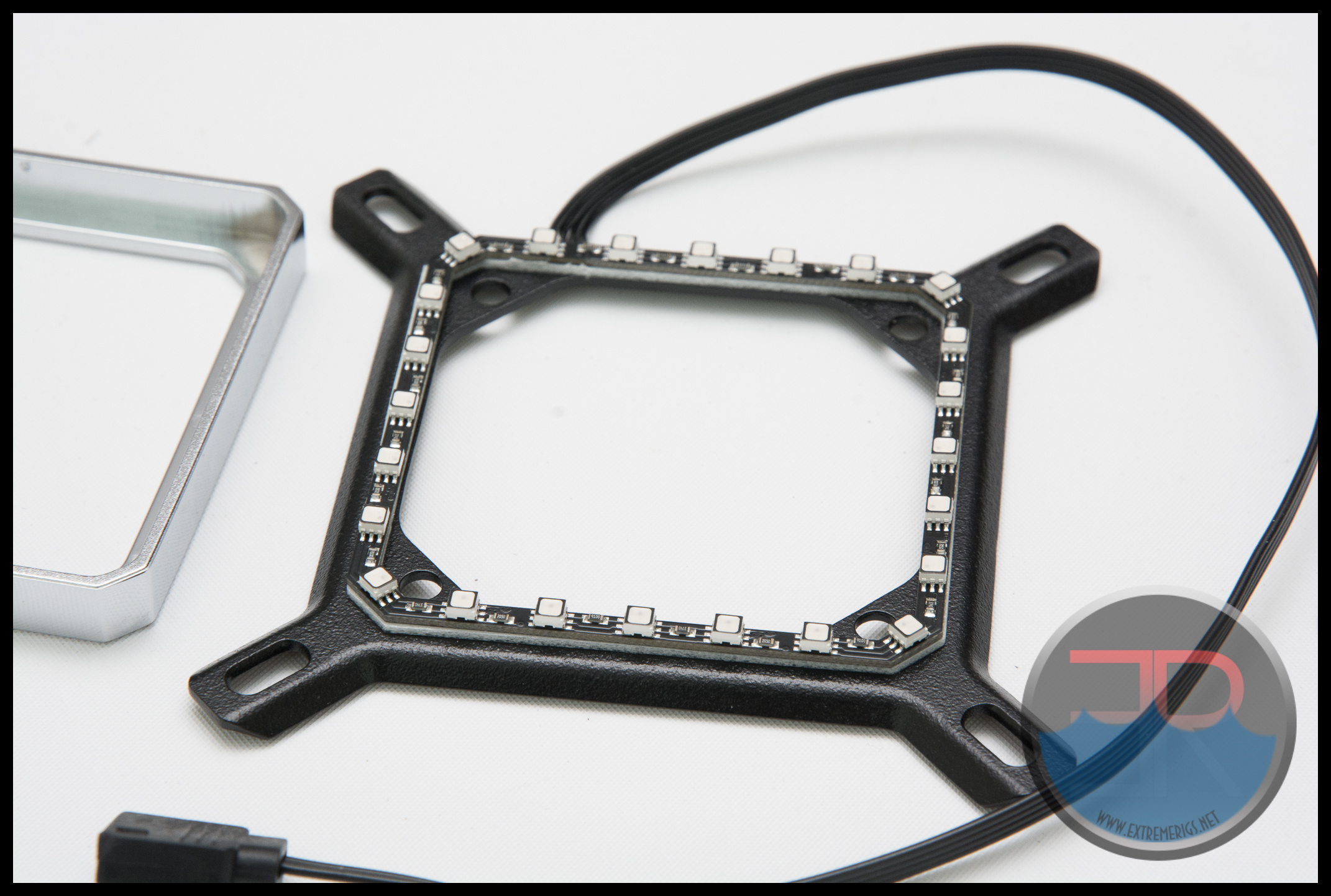 The cooling engine looks quite similar in design to the old Supremacy EVO design:
The cooling engine looks quite similar in design to the old Supremacy EVO design: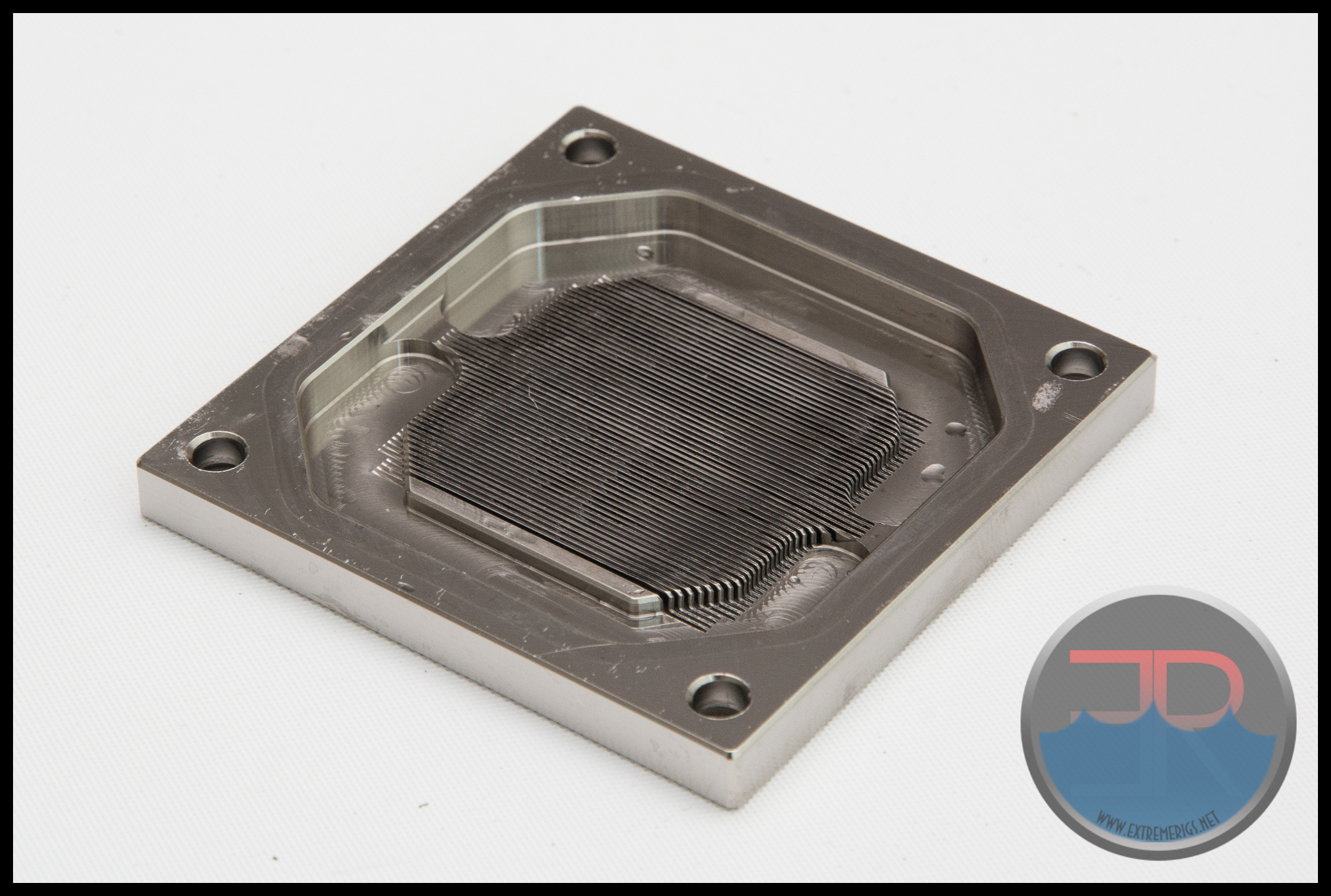 In fact let’s measure it and compare:
In fact let’s measure it and compare:
29mm width of channels with 52 total channels cut.
Each channel is roughly 32mm long.
Let’s dig up old photos of the Supremacy which has the same channel design as the EVO:

The cooling area measured 32.4mm long x 30.4mm wide on the EVO with 52 channels again.
So the cooling engine has changed, but it measures very similarly to the Supremacy as well as looking very similar. If anything the surface area in the xy dimension is less, though it does look like the channel depth is greater on the Velocity. So given all of this, it might be best to think of the part as more of a cosmetic/quality upgrade to the Supremacy rather than a performance upgrade. There’s nothing wrong with that, as the Supremacy still performed well, but we’ll have to wait and see if we are correct on this. Hopefully performance has increased as well.
| Name | MSRP (incl. VAT) |
| EK-Velocity – Copper + Plexi | 69.90€ |
| EK-Velocity – Copper + Acetal | 69.90€ |
| EK-Velocity – Nickel + Plexi | 79.90€ |
| EK-Velocity – Nickel + Acetal | 74.90€ |
| EK-Velocity RGB – Nickel + Plexi | 89.90€ |
| EK-Velocity RGB – Nickel + Acetal | 89.90€ |
| EK-Velocity RGB – Full Nickel | 99.90€ |
| EK-Velocity – AMD Copper + Plexi | 69.90€ |
| EK-Velocity – AMD Copper + Acetal | 69.90€ |
| EK-Velocity – AMD Nickel + Plexi | 79.90€ |
| EK-Velocity – AMD Nickel + Acetal | 74.90€ |
| EK-Velocity RGB – AMD Nickel + Plexi | 89.90€ |
| EK-Velocity RGB – AMD Nickel + Acetal | 89.90€ |
| EK-Velocity RGB – AMD Full Nickel | 99.90€ |








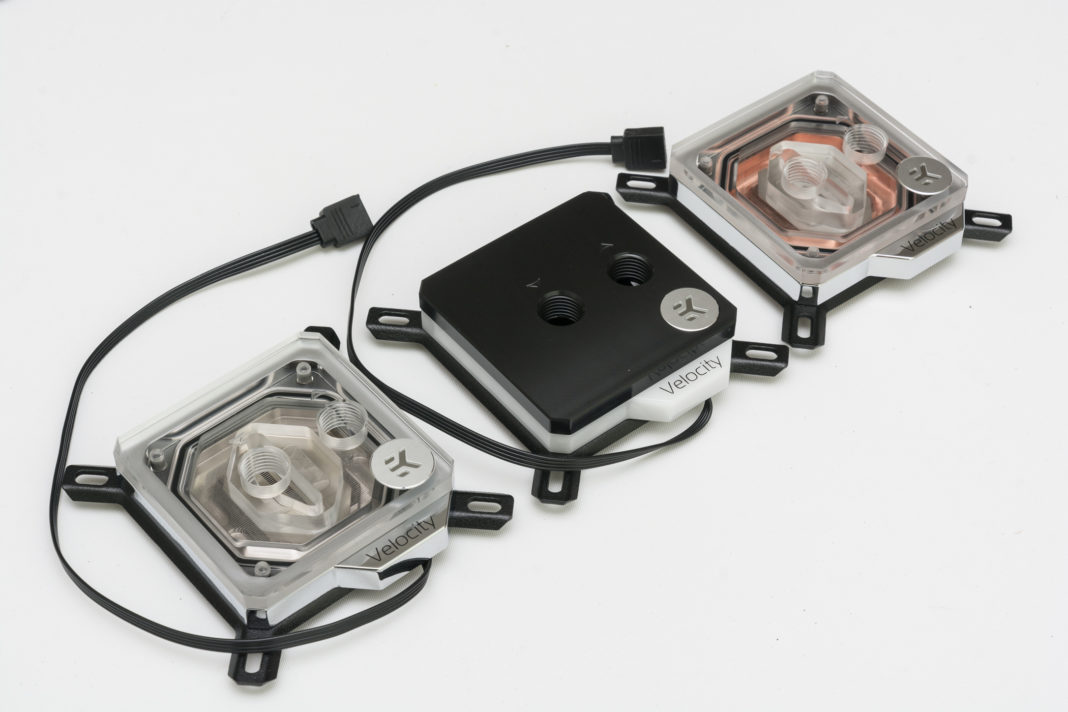
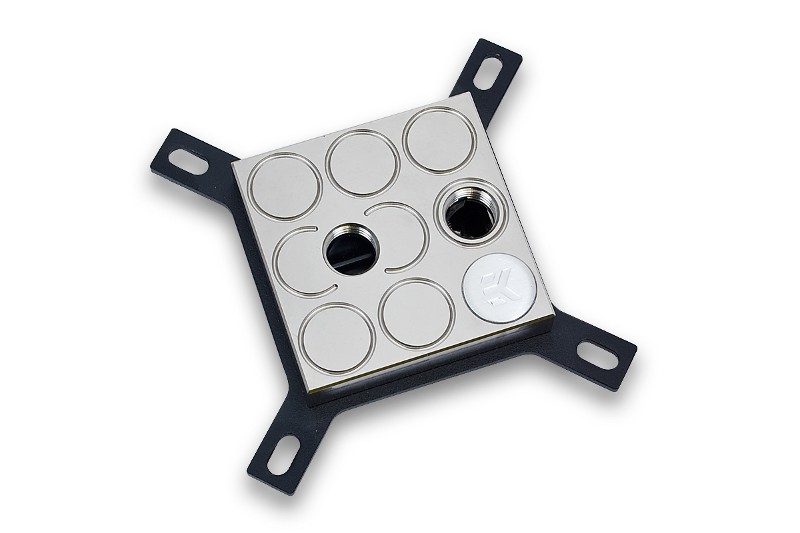
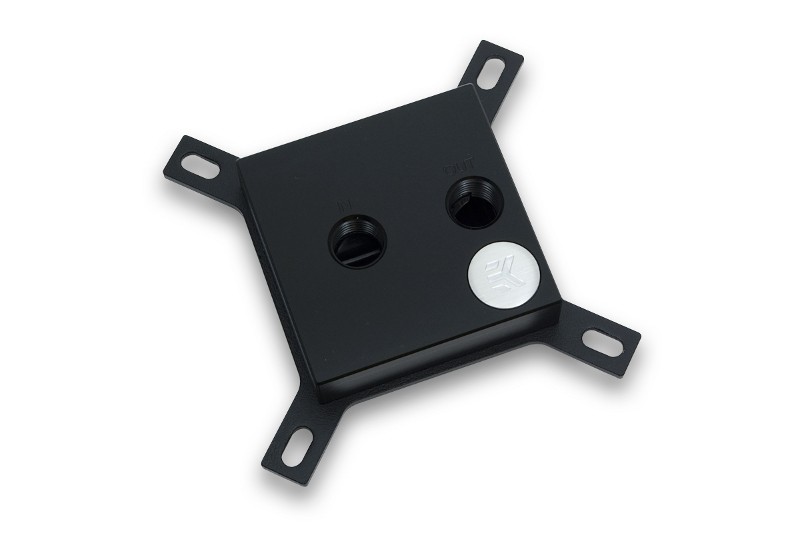
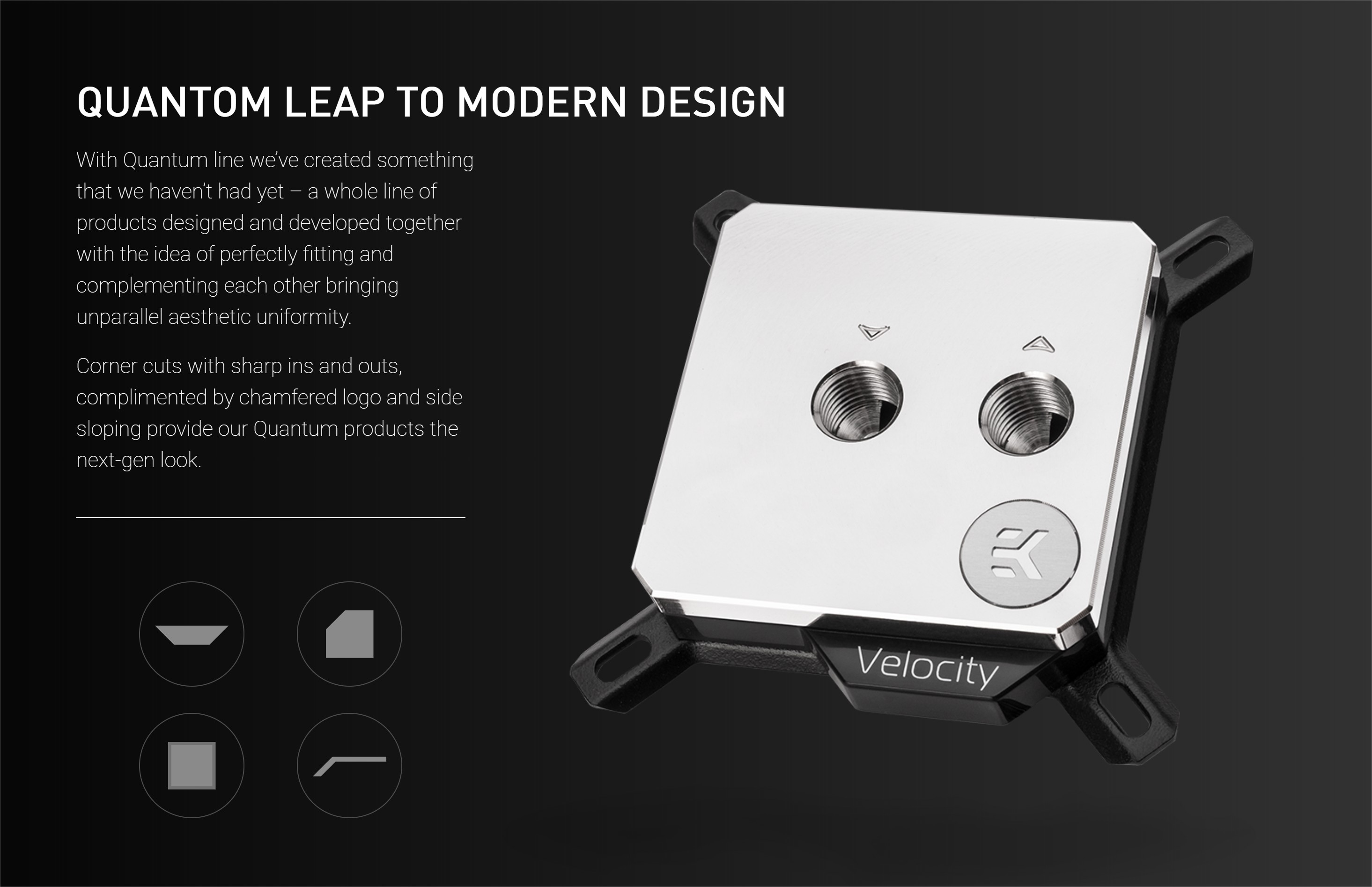
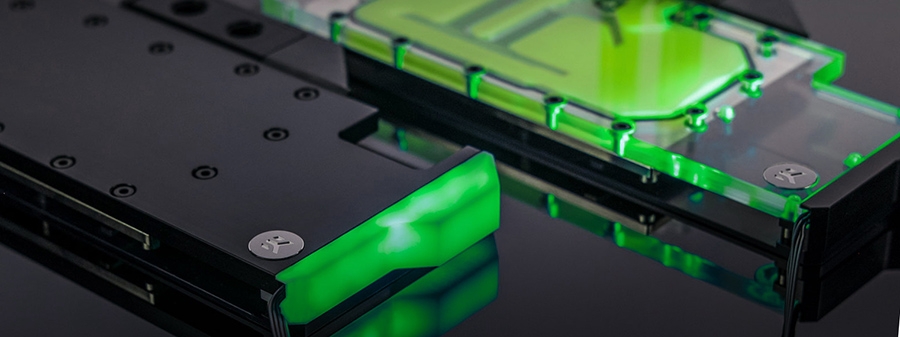
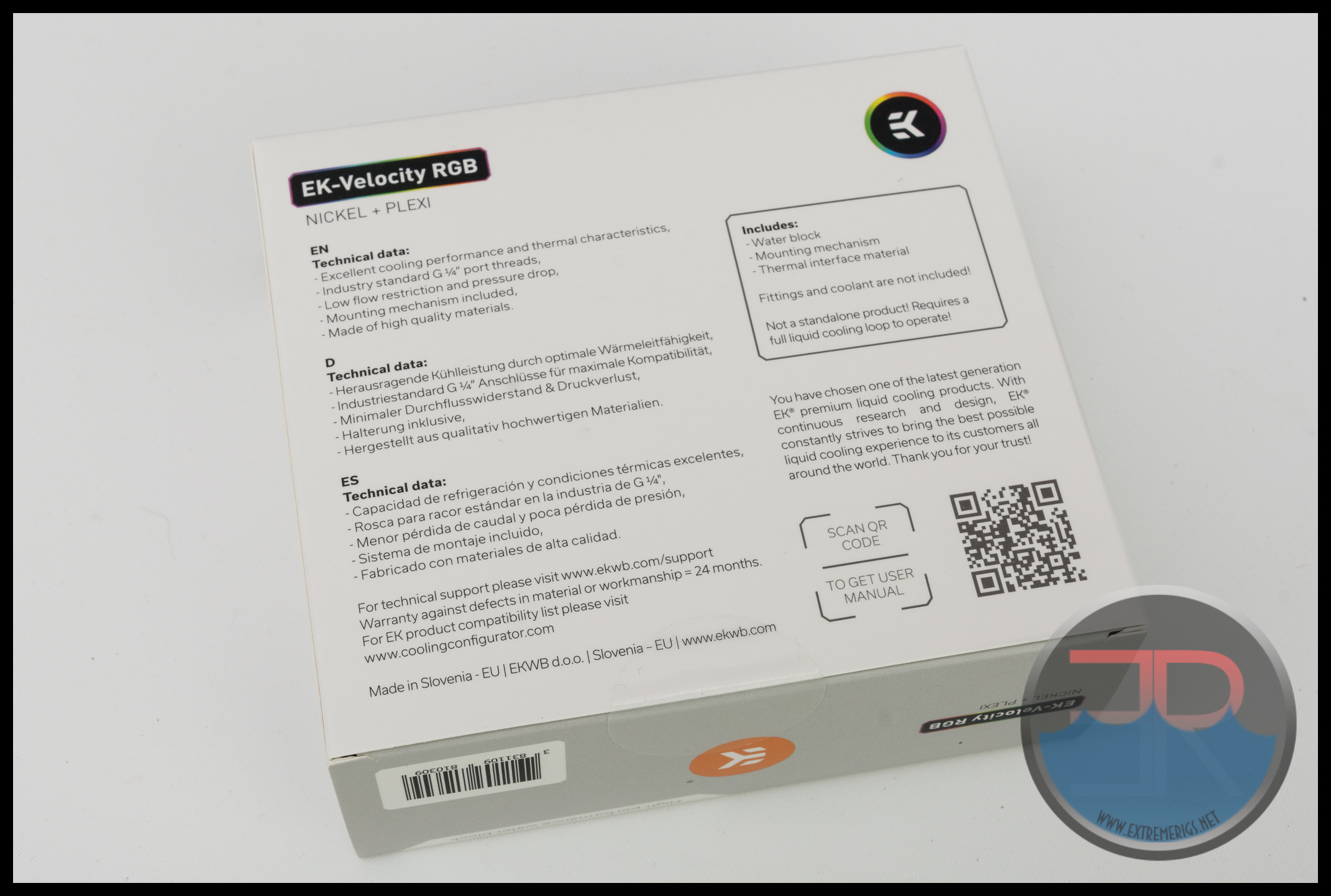
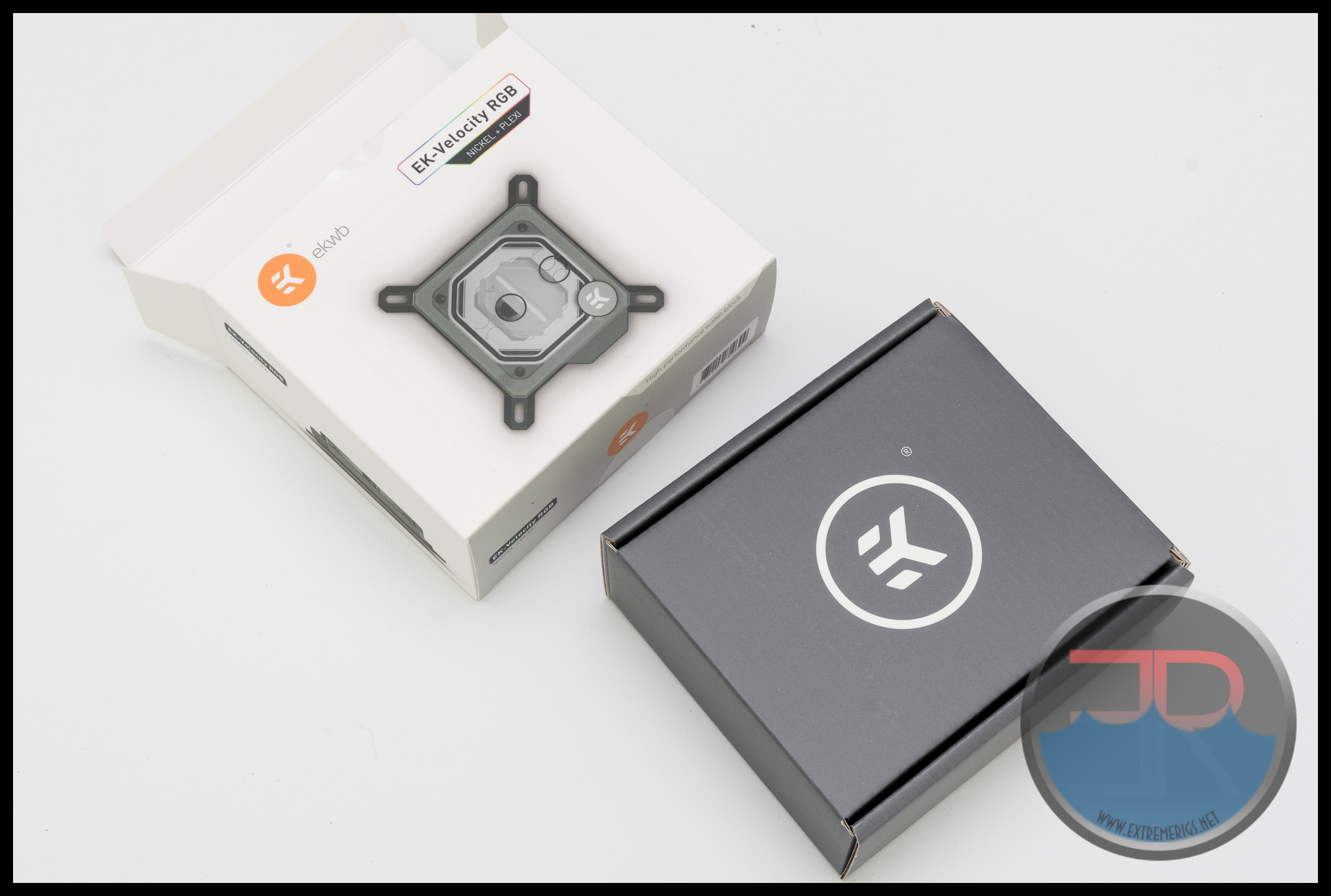
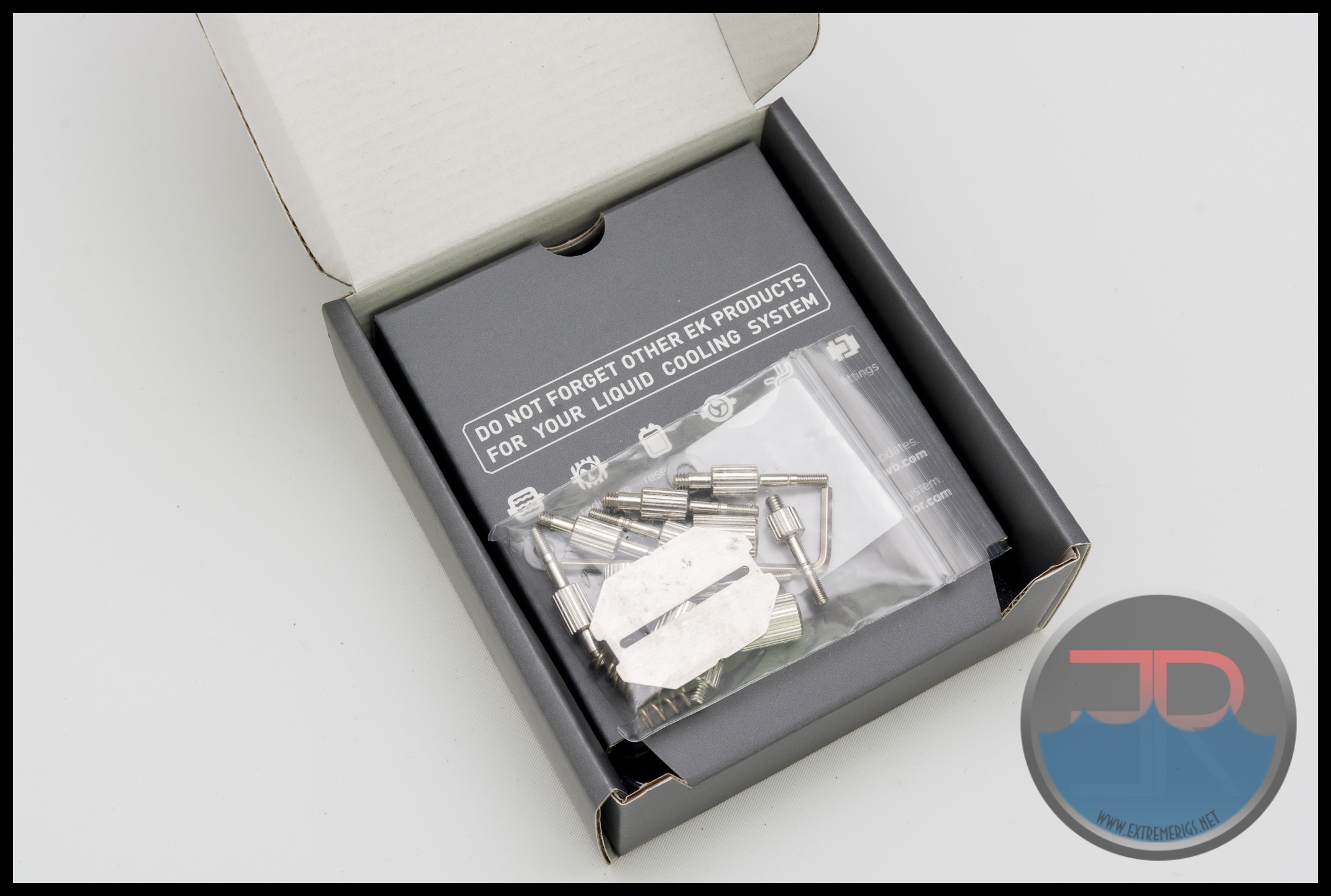
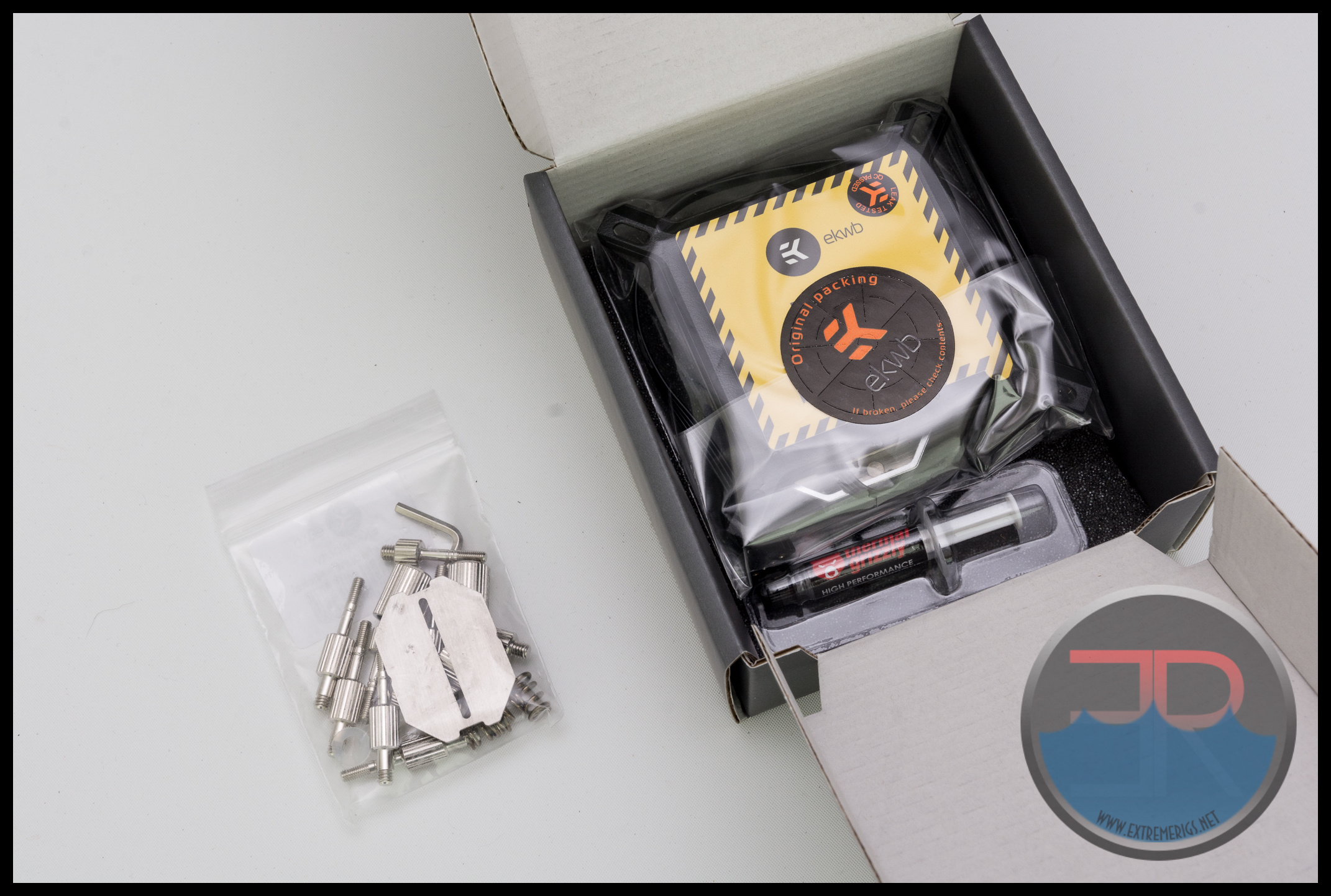
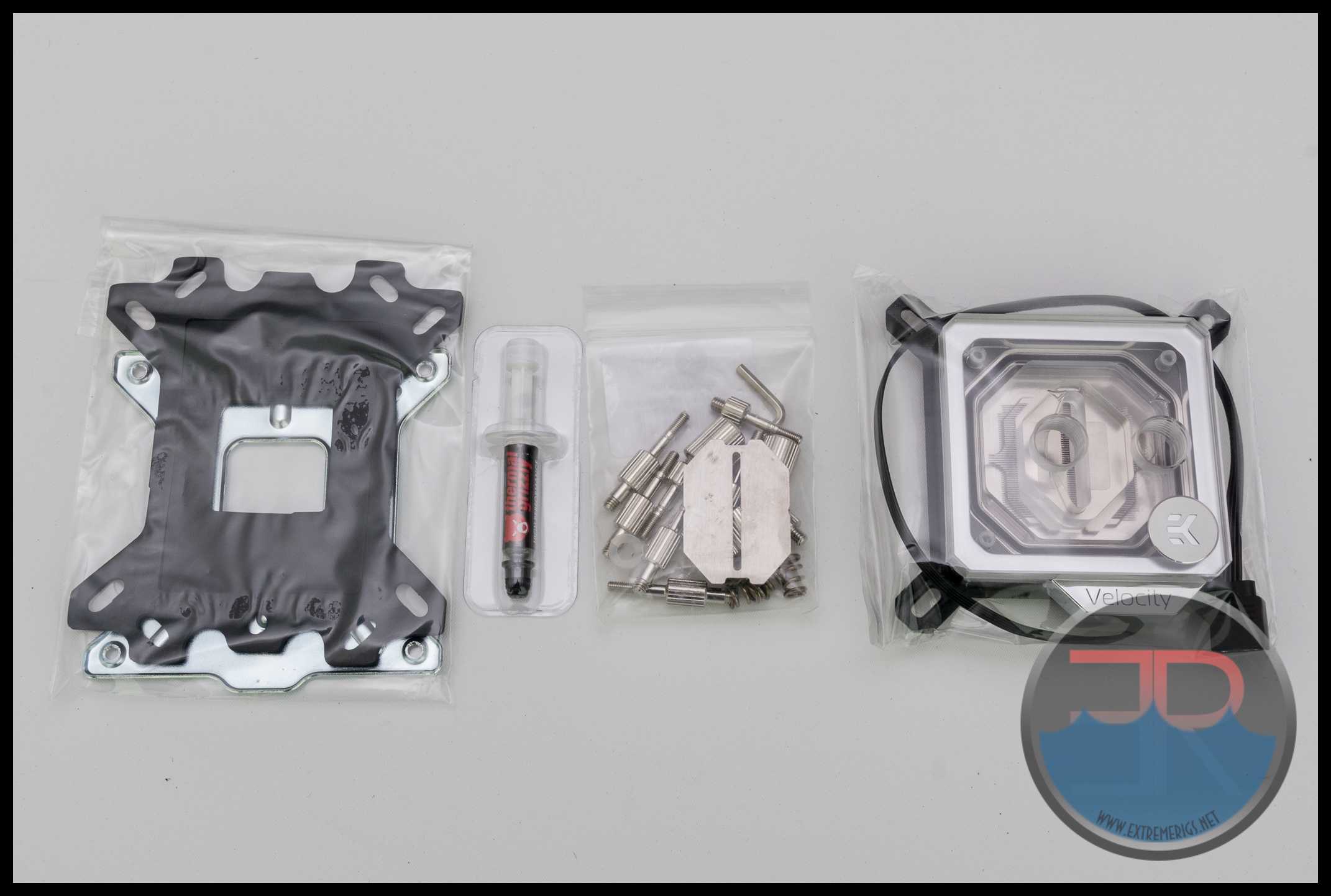
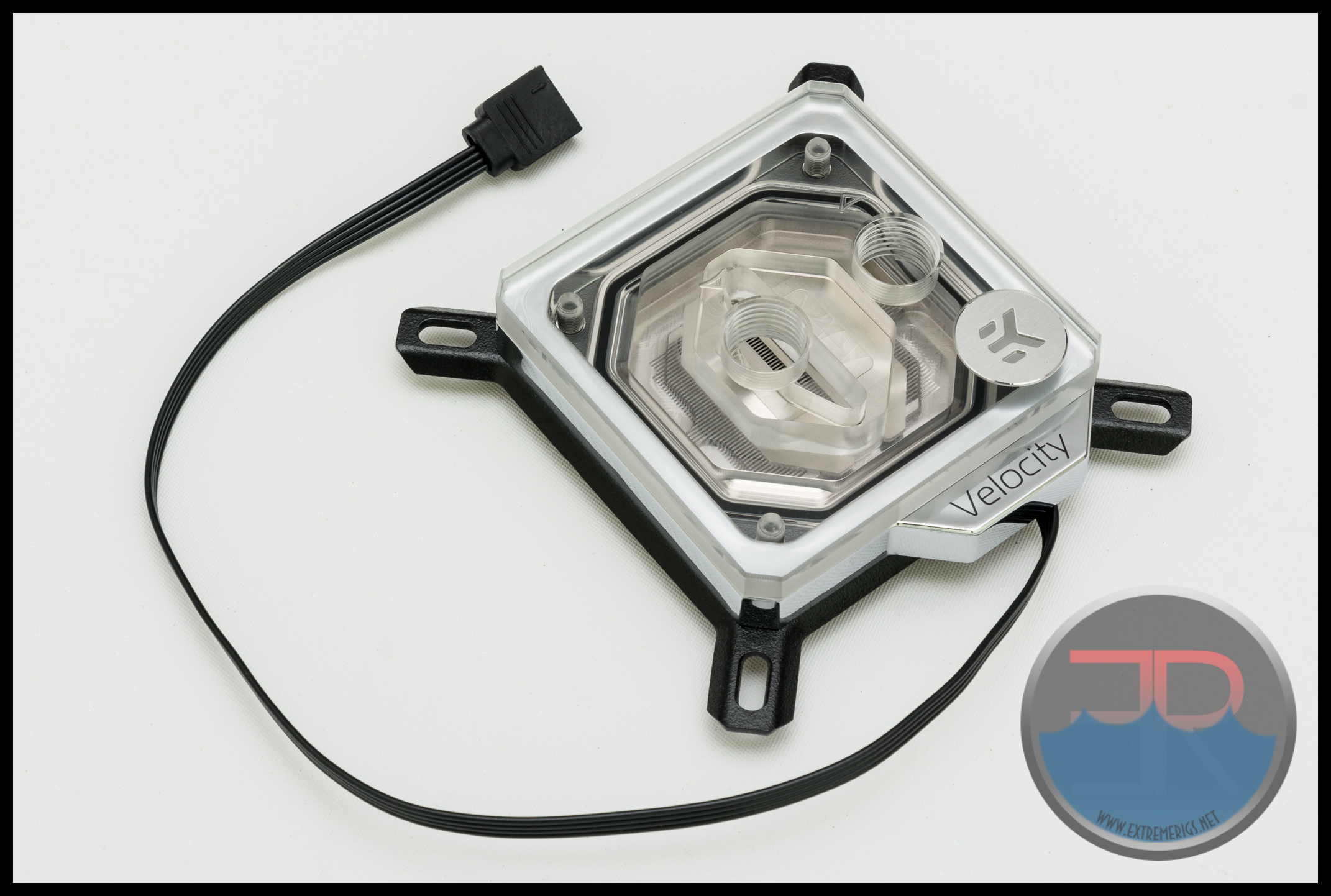
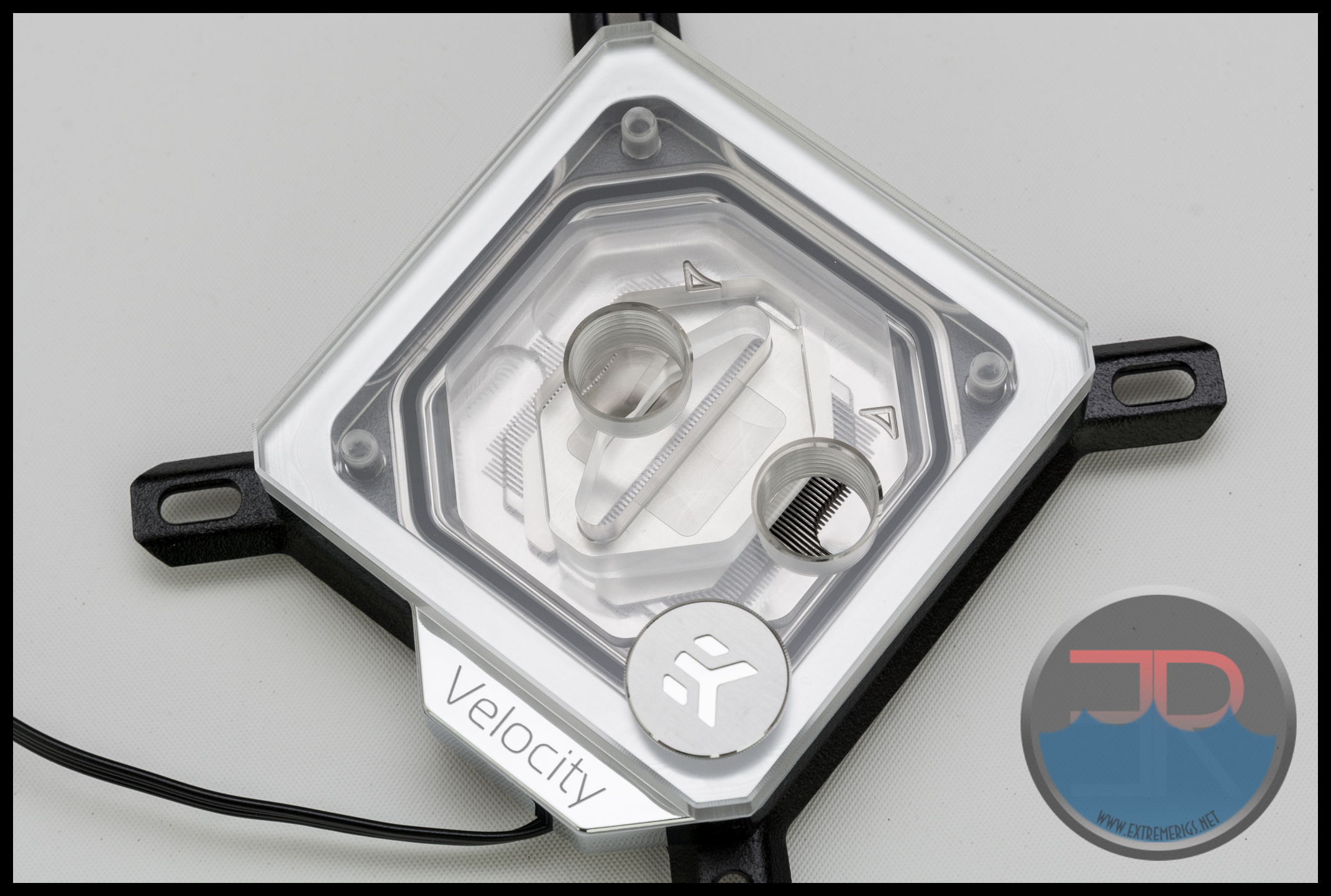
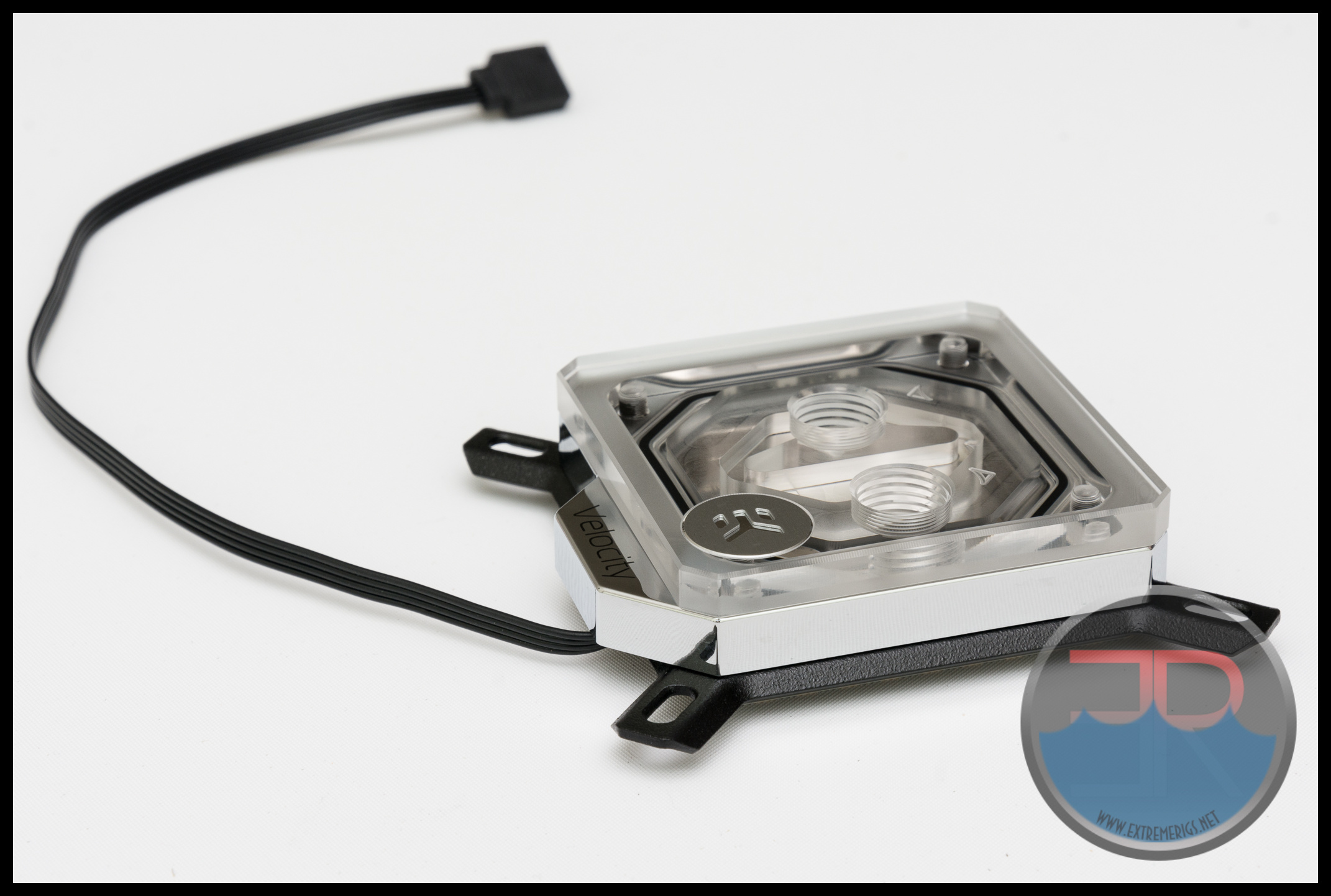
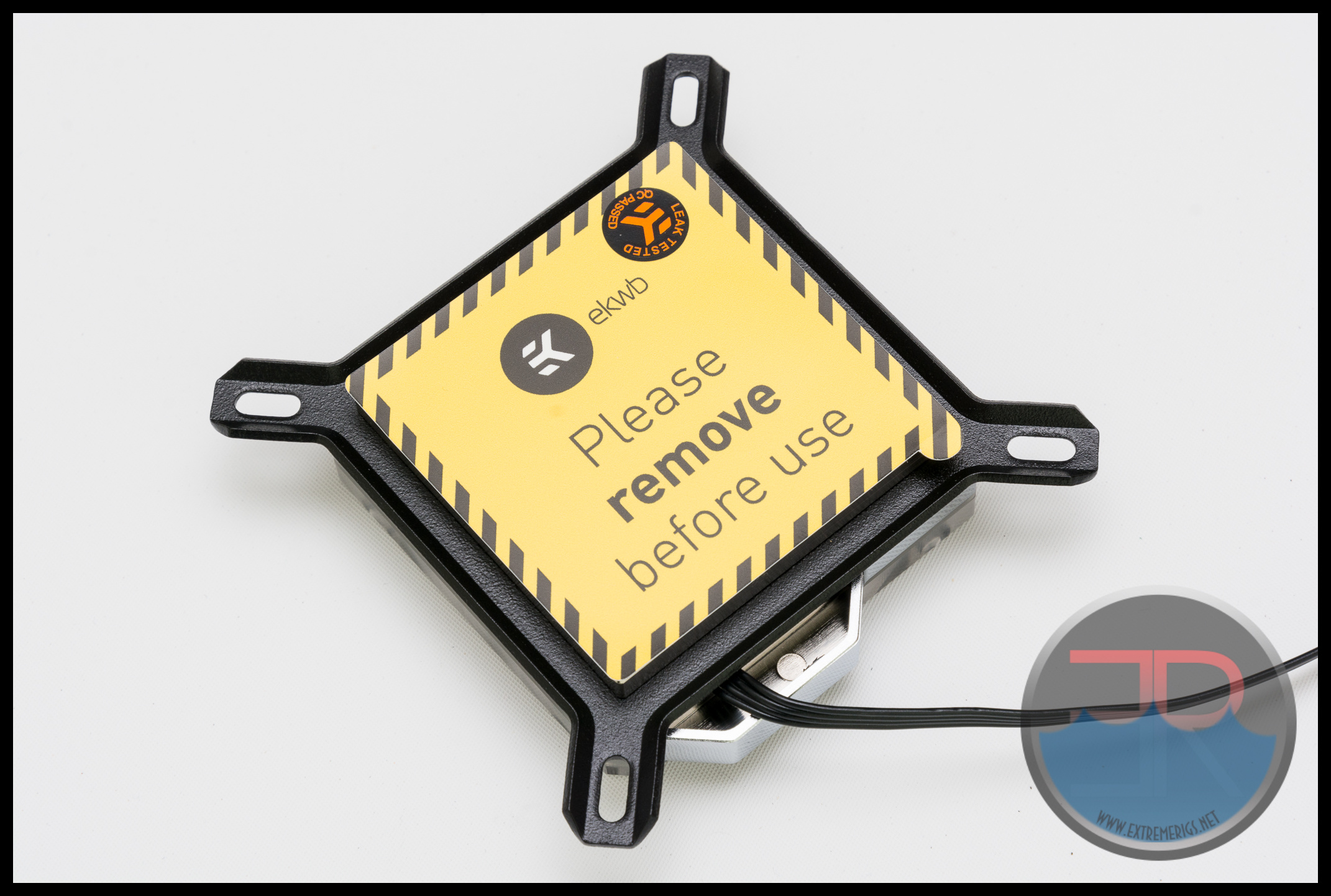
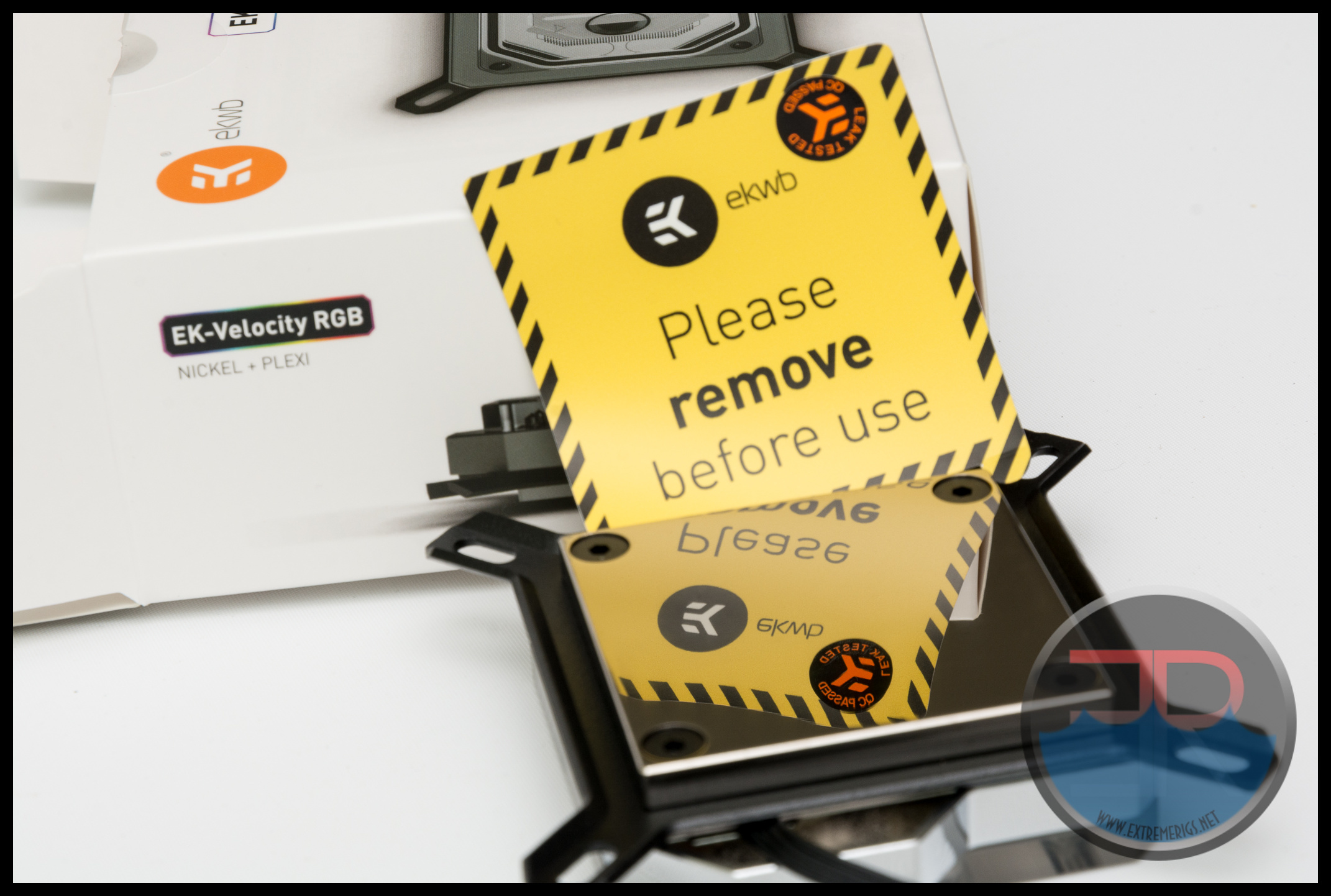
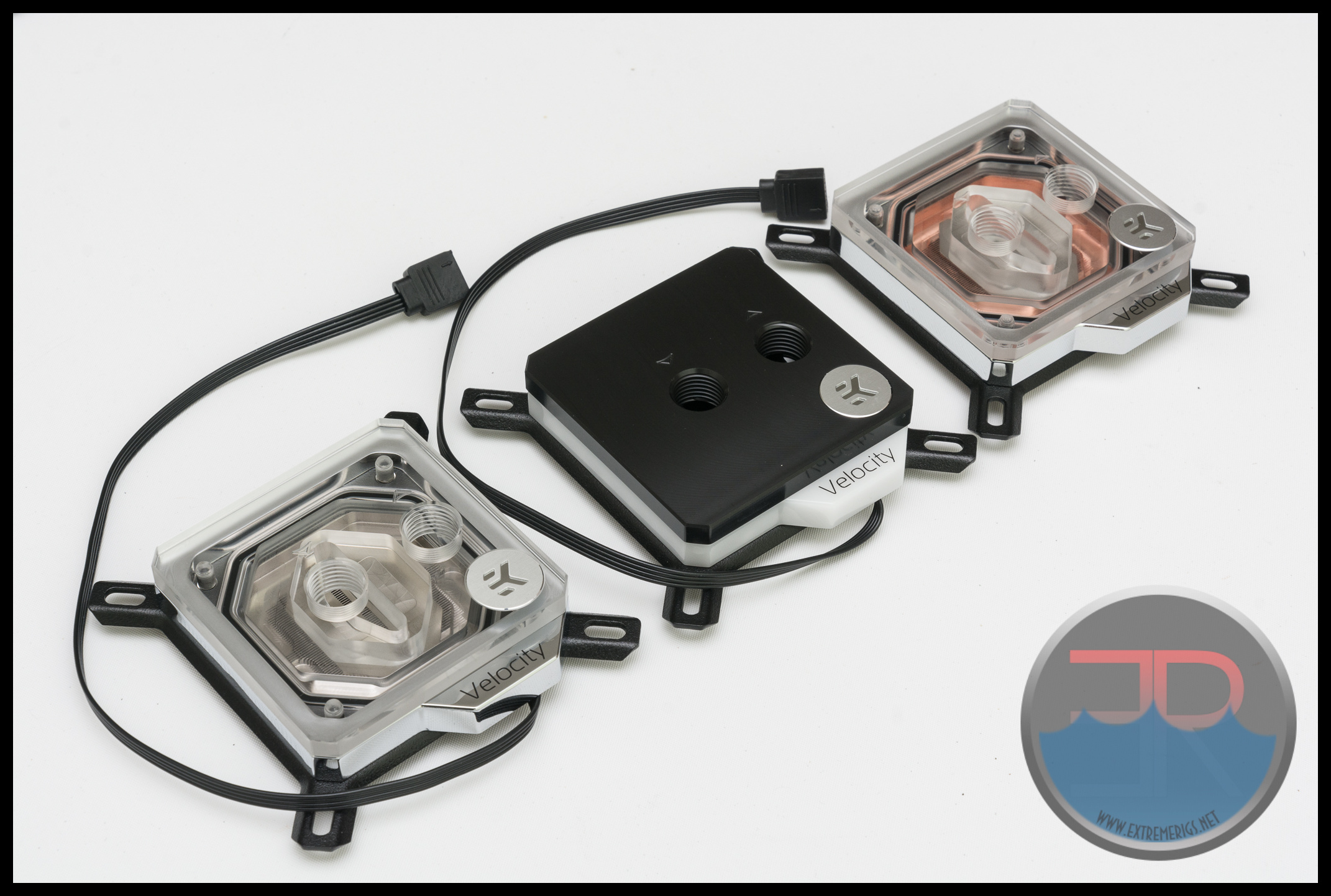
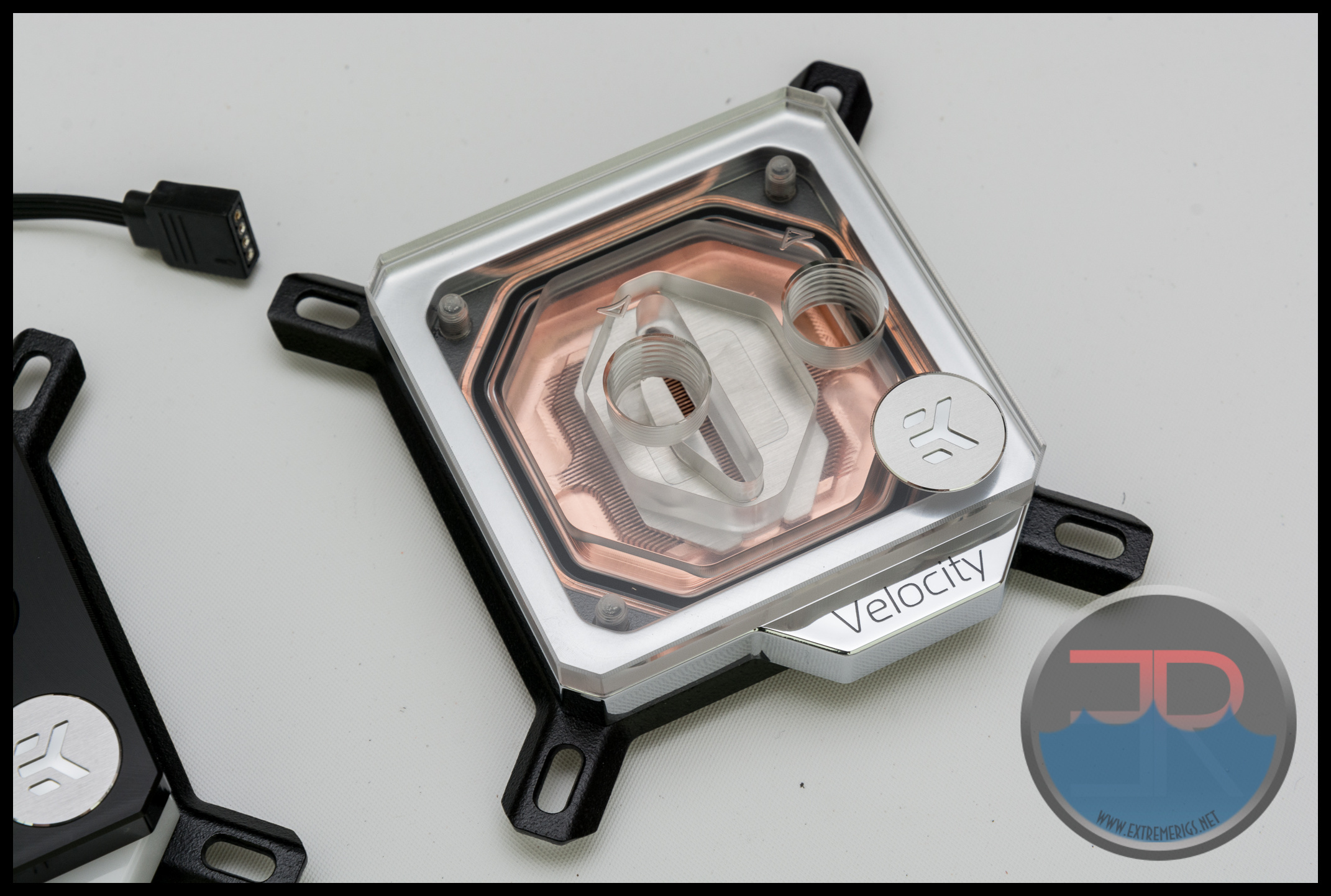
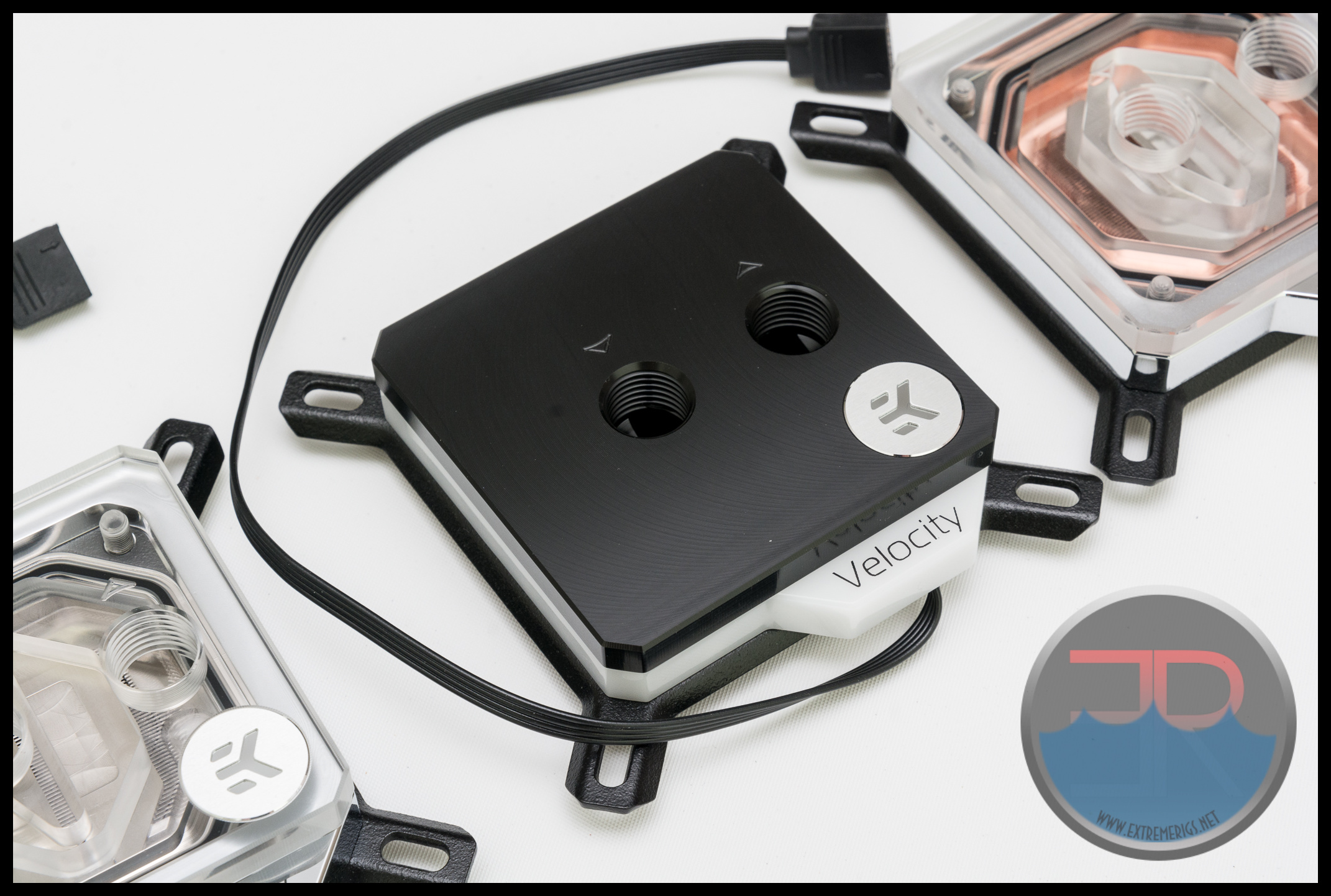
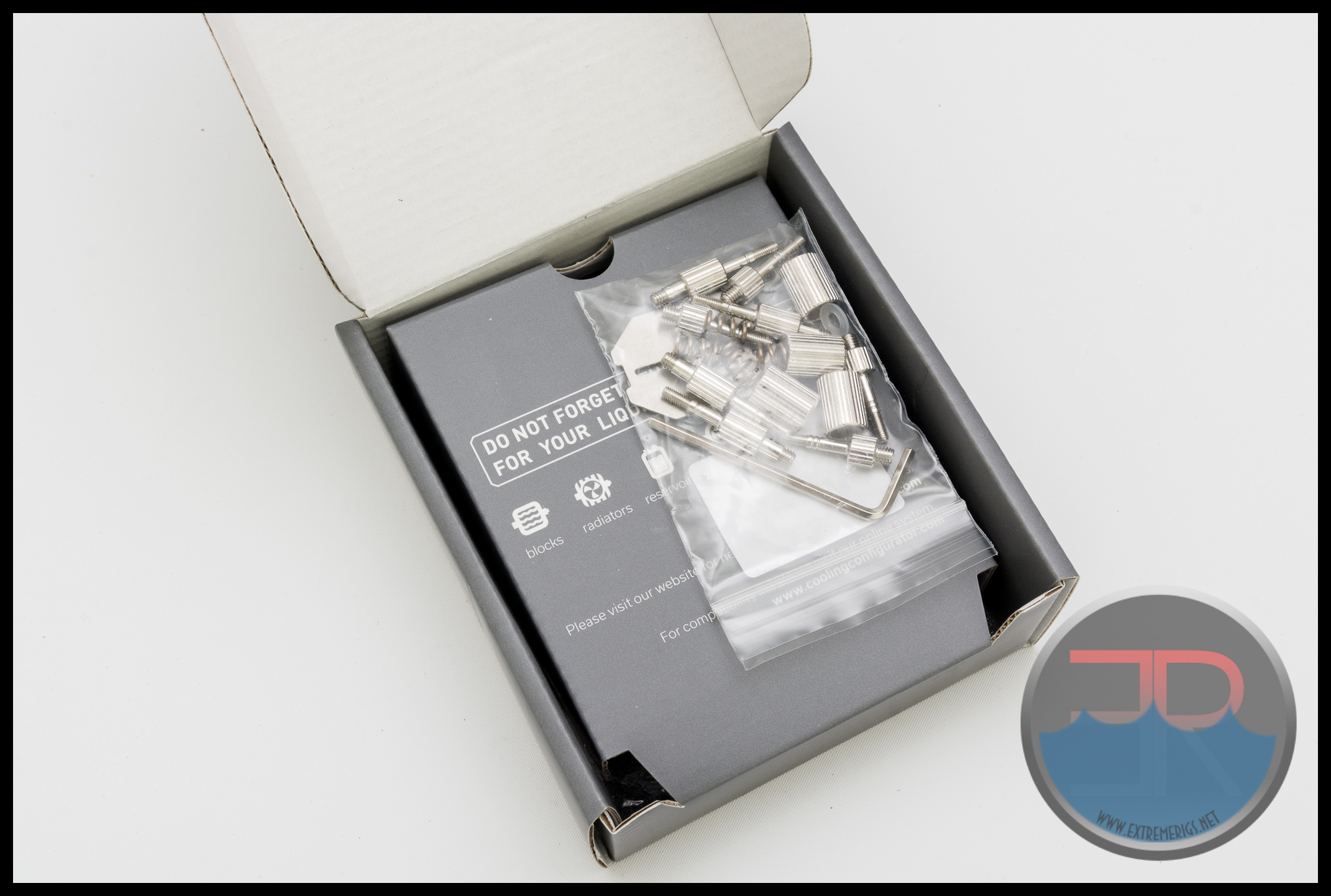
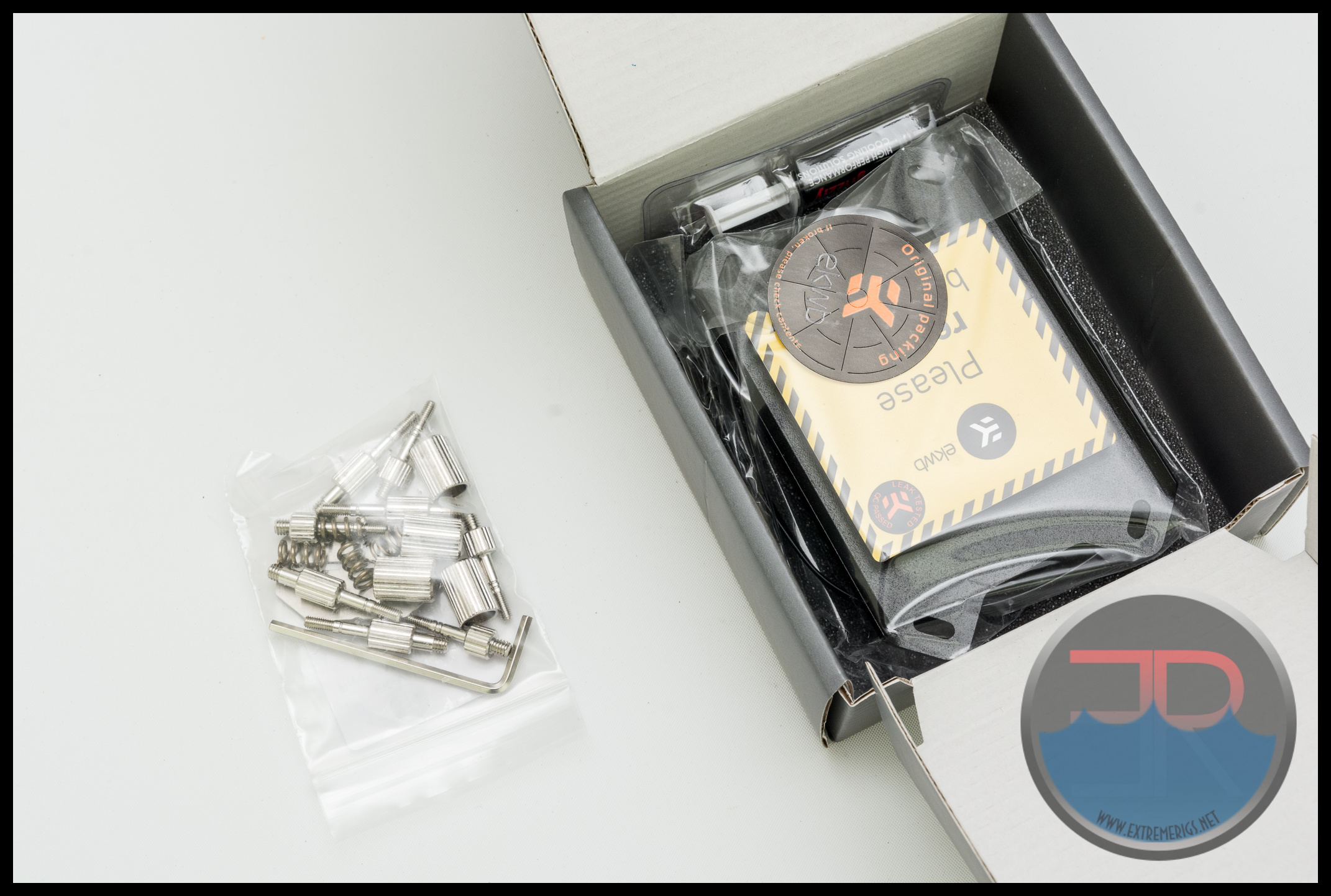
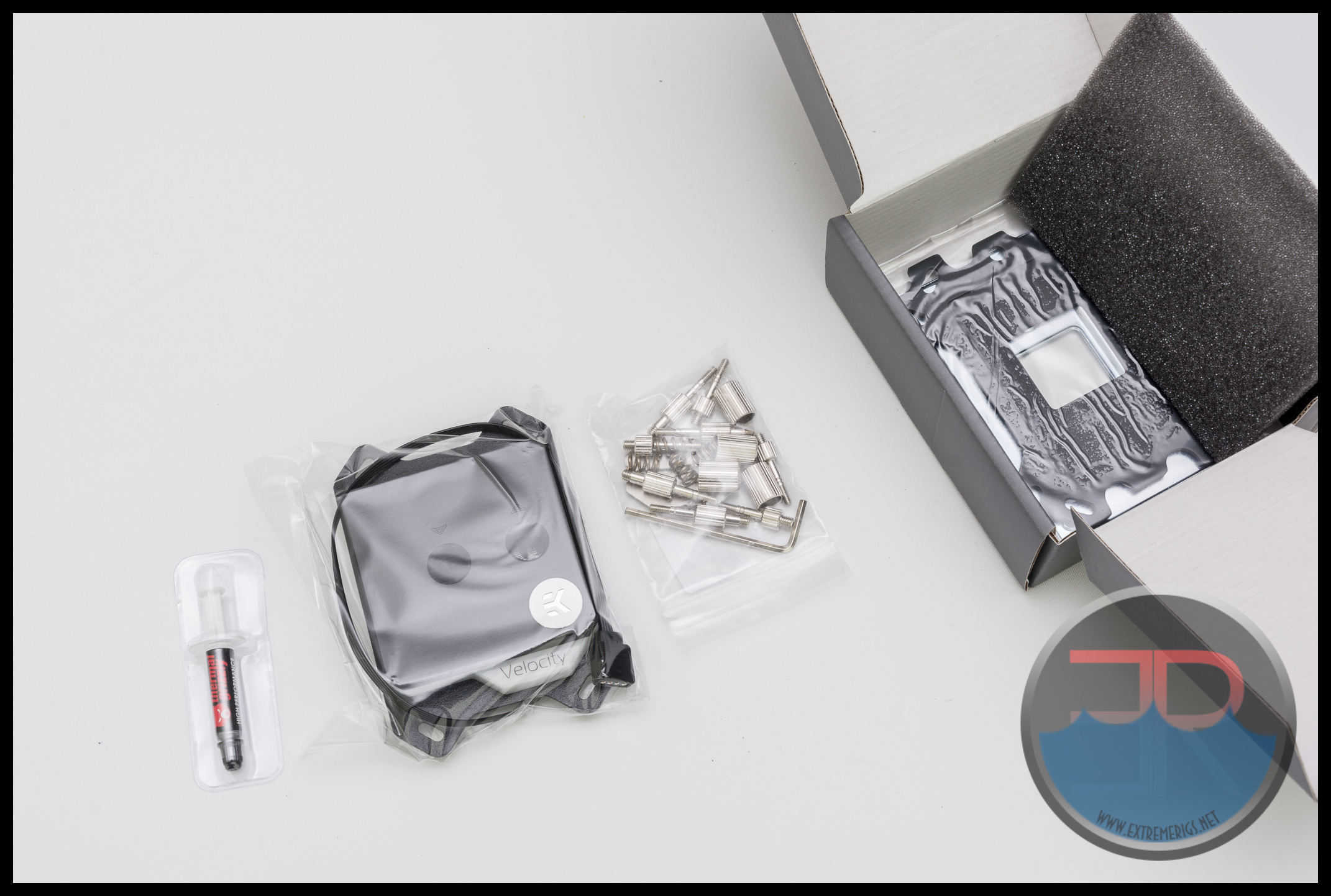
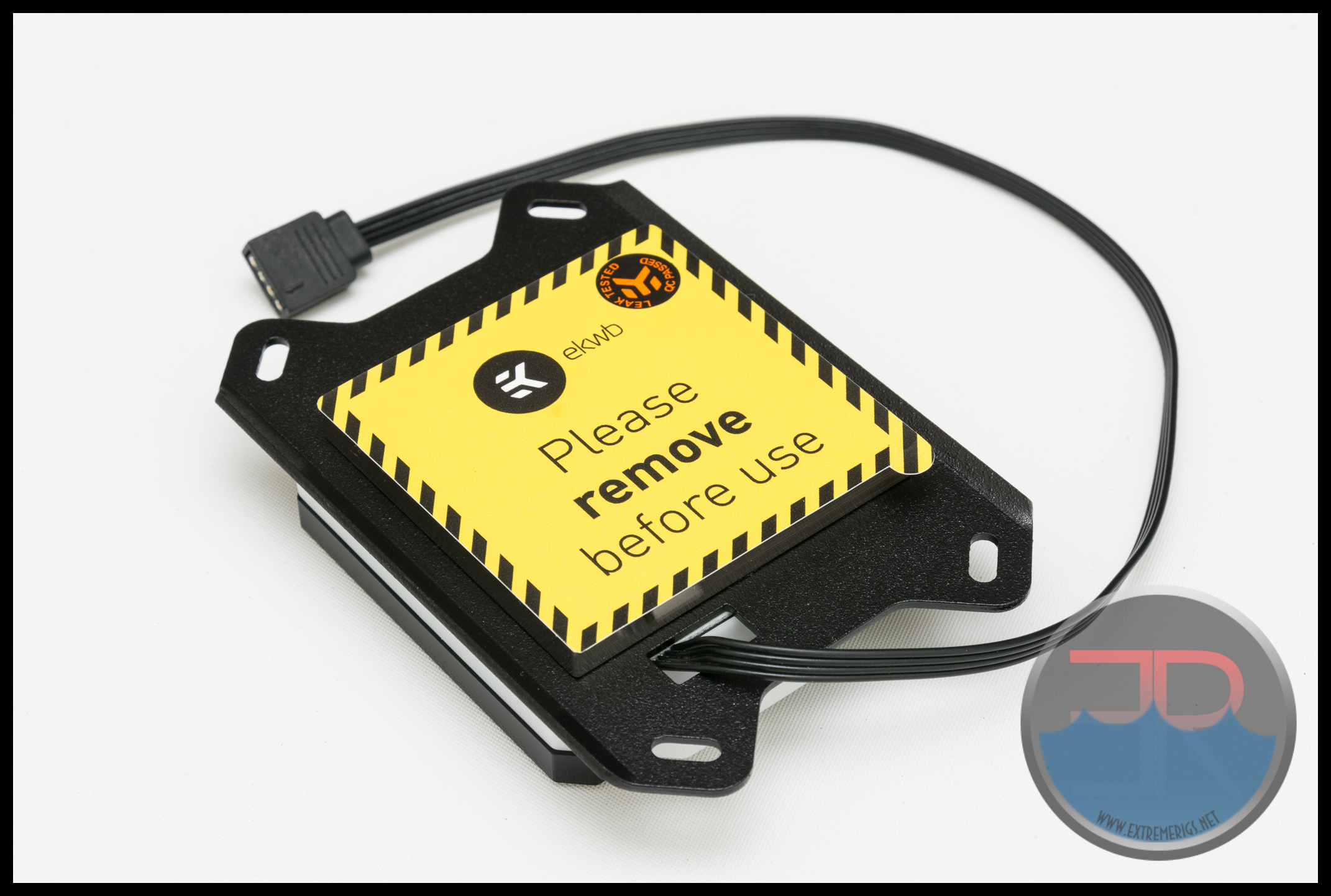
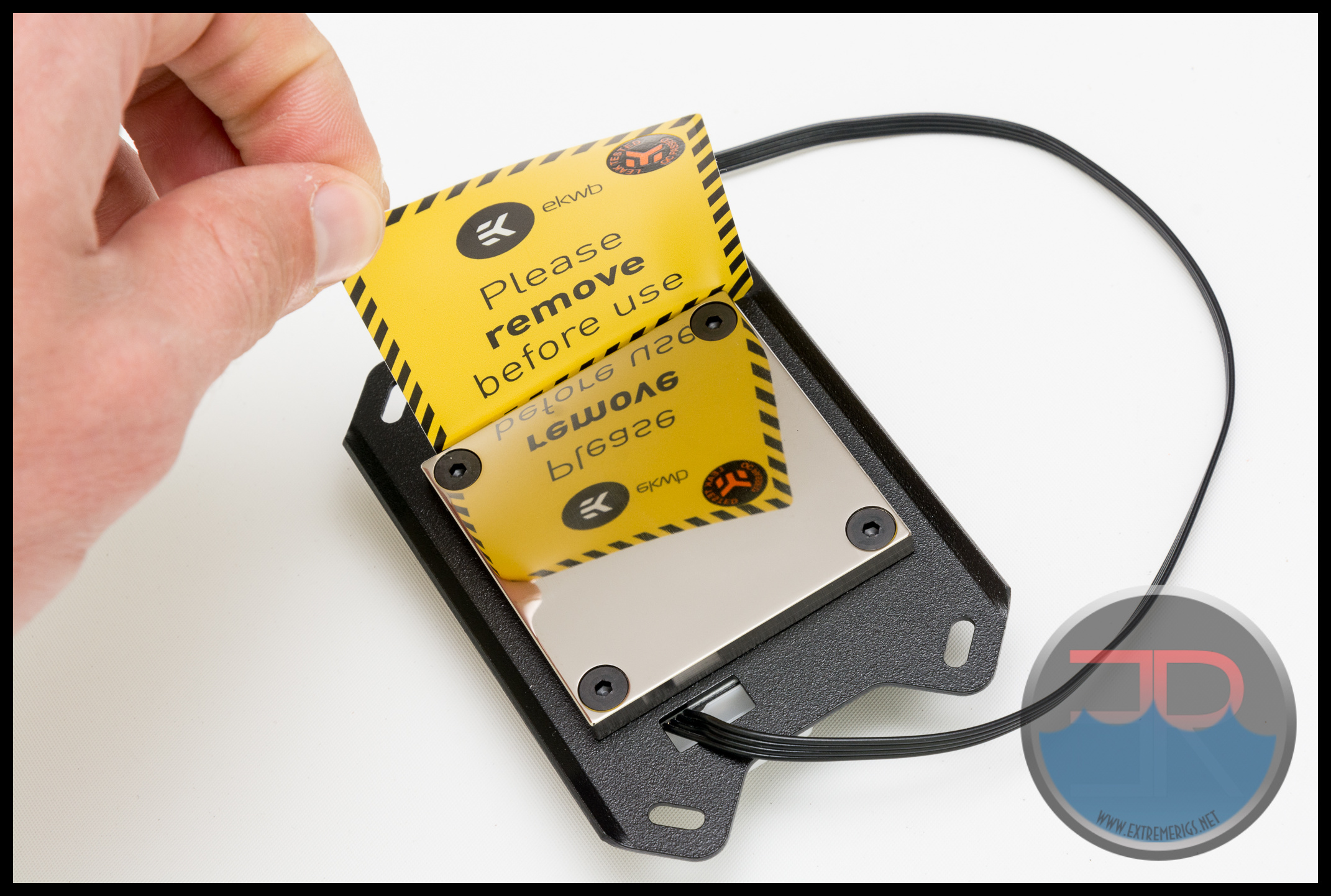
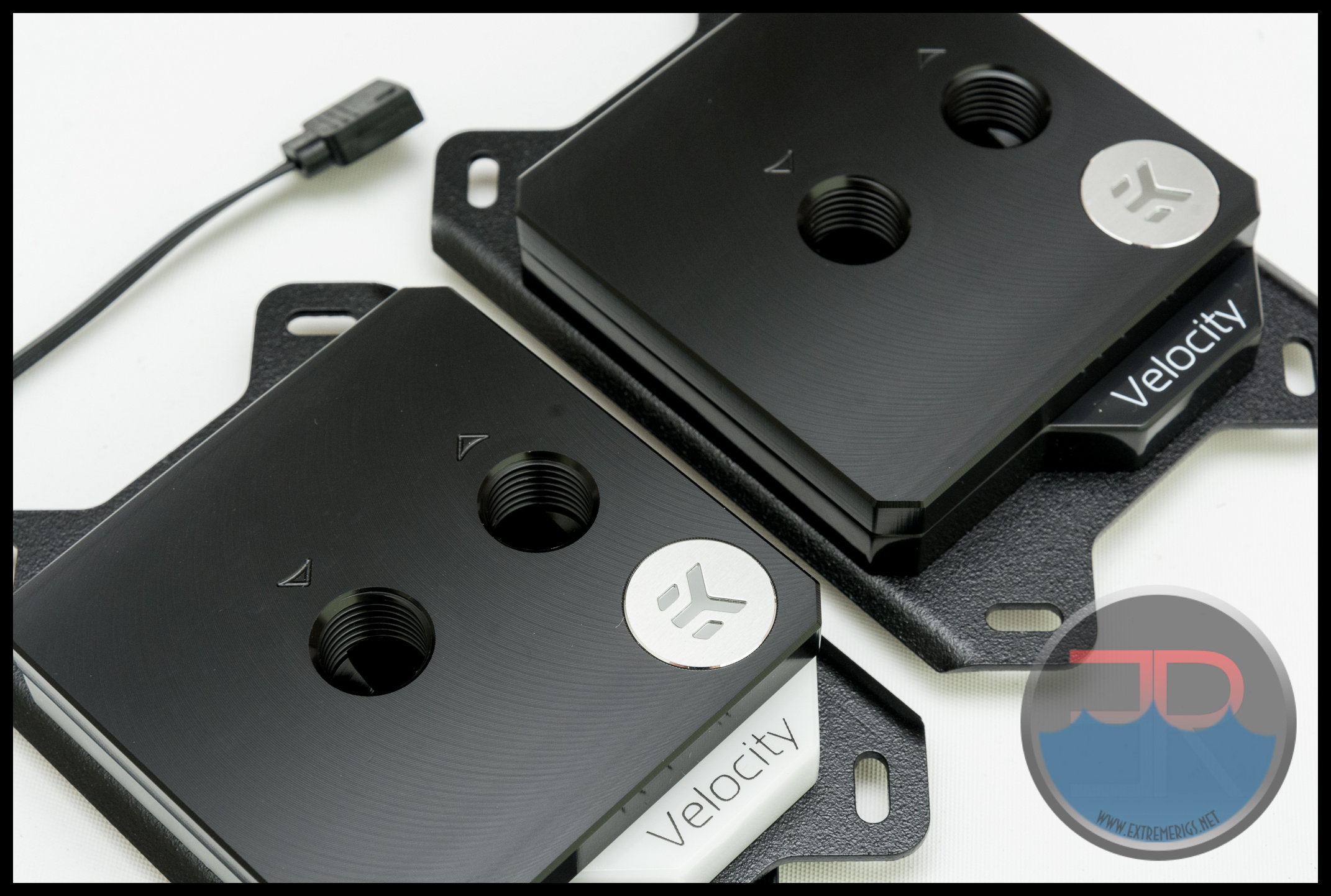
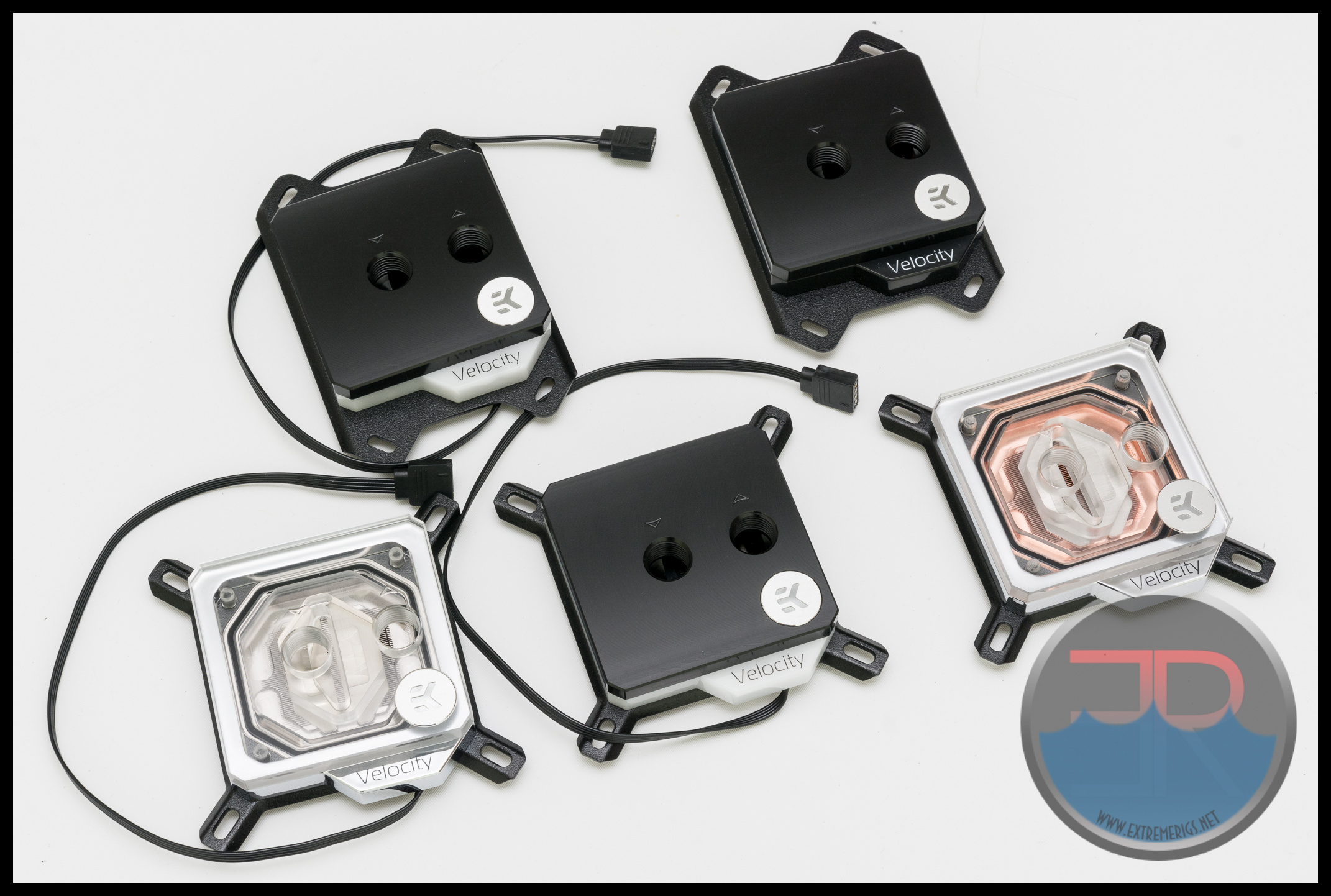

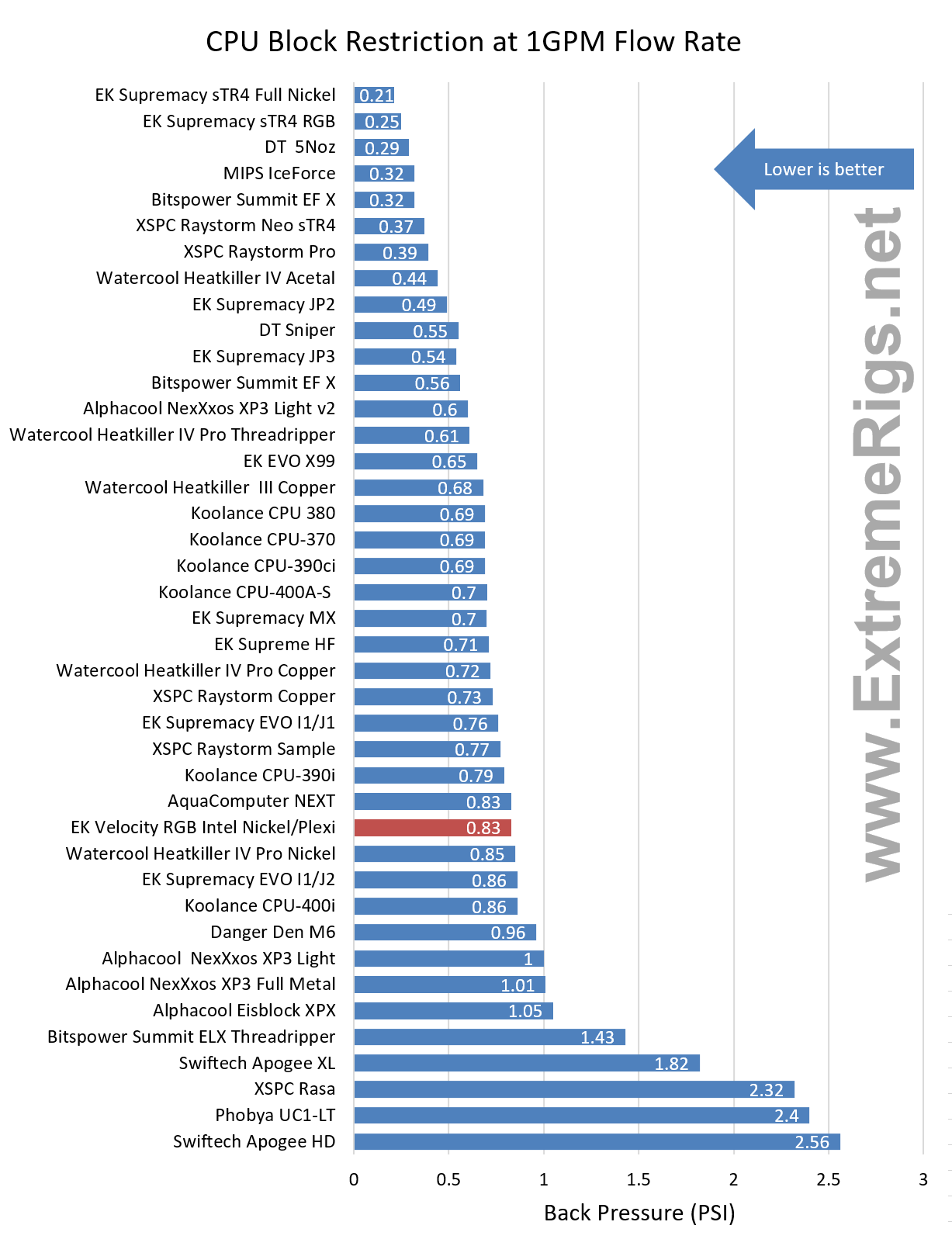
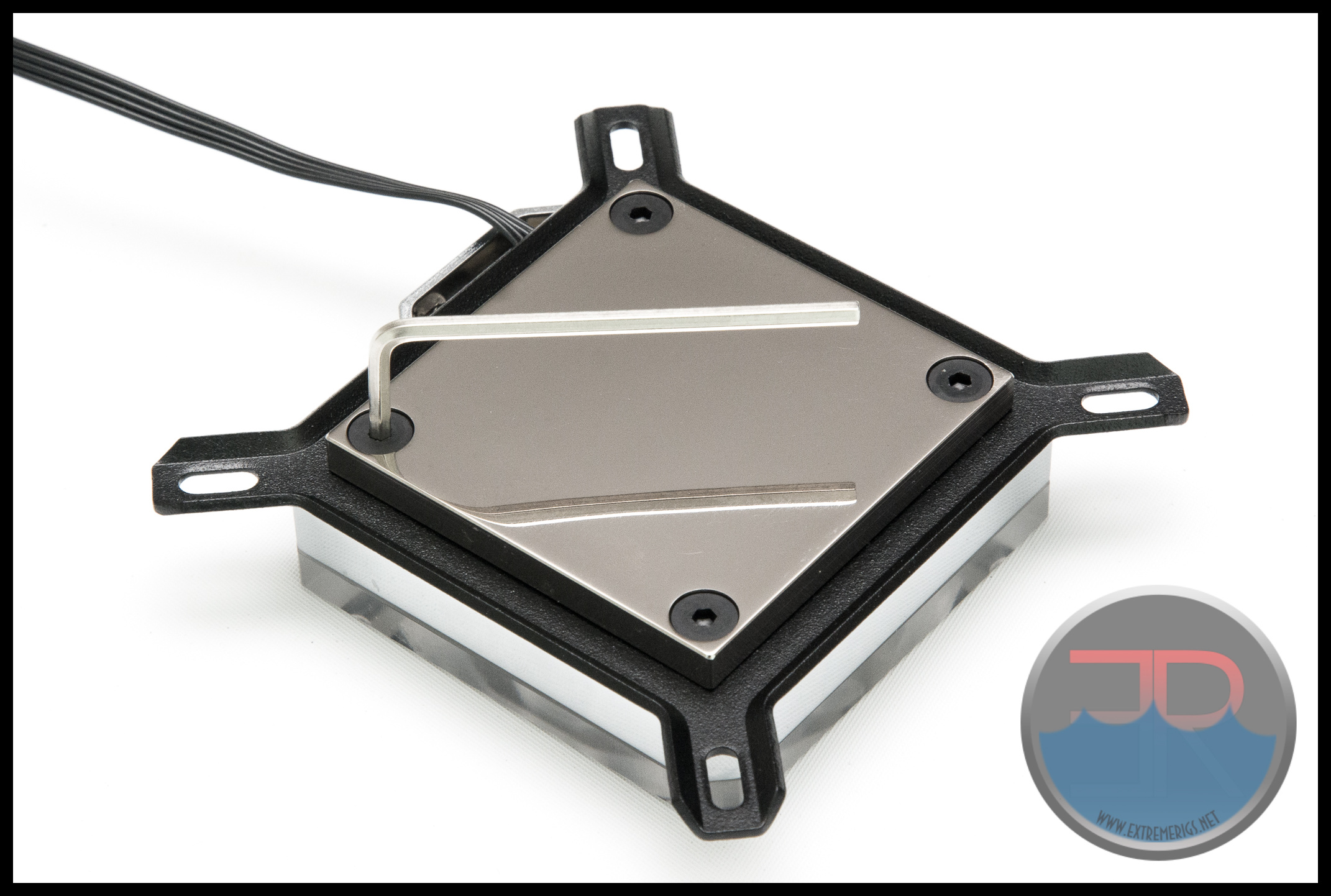
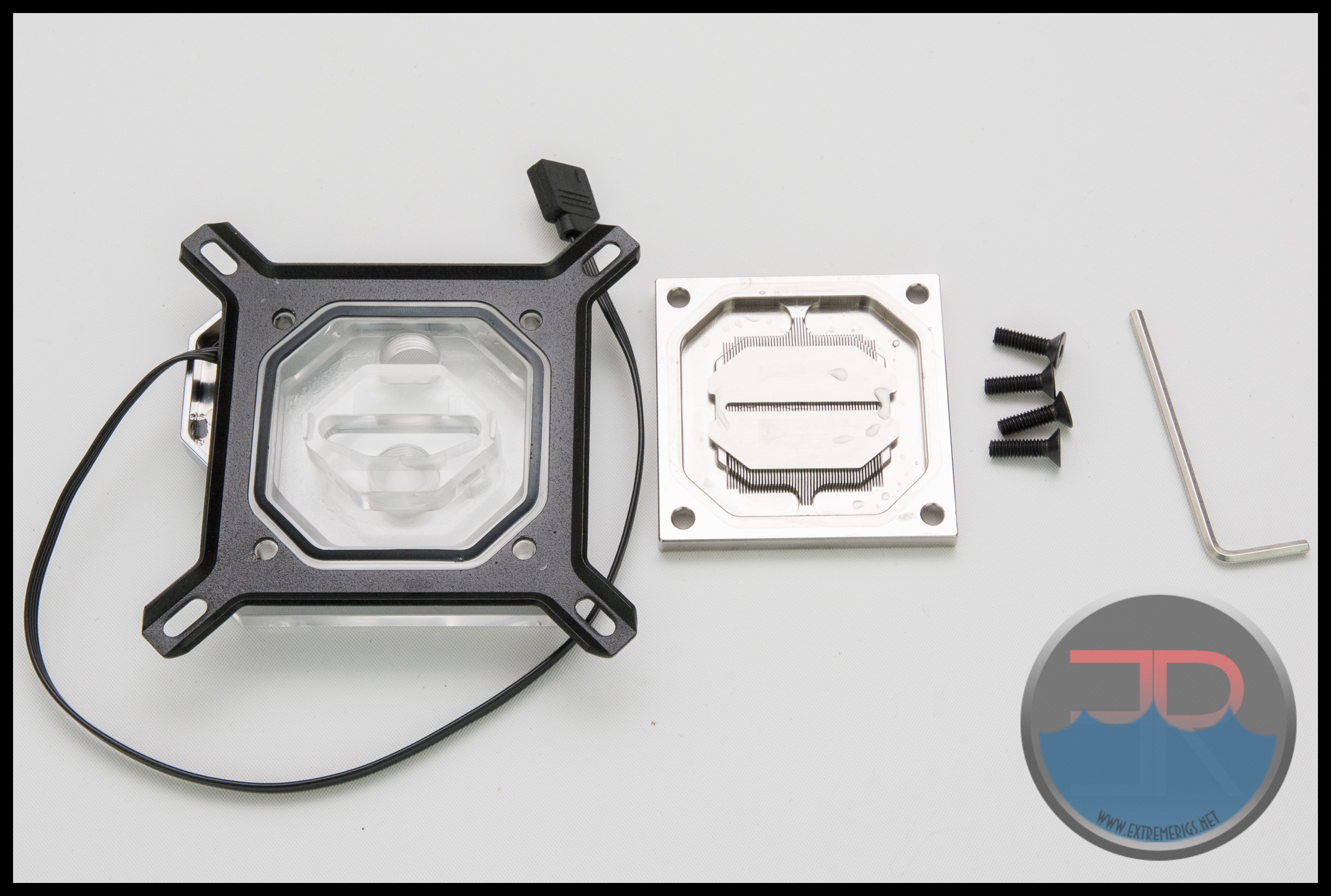
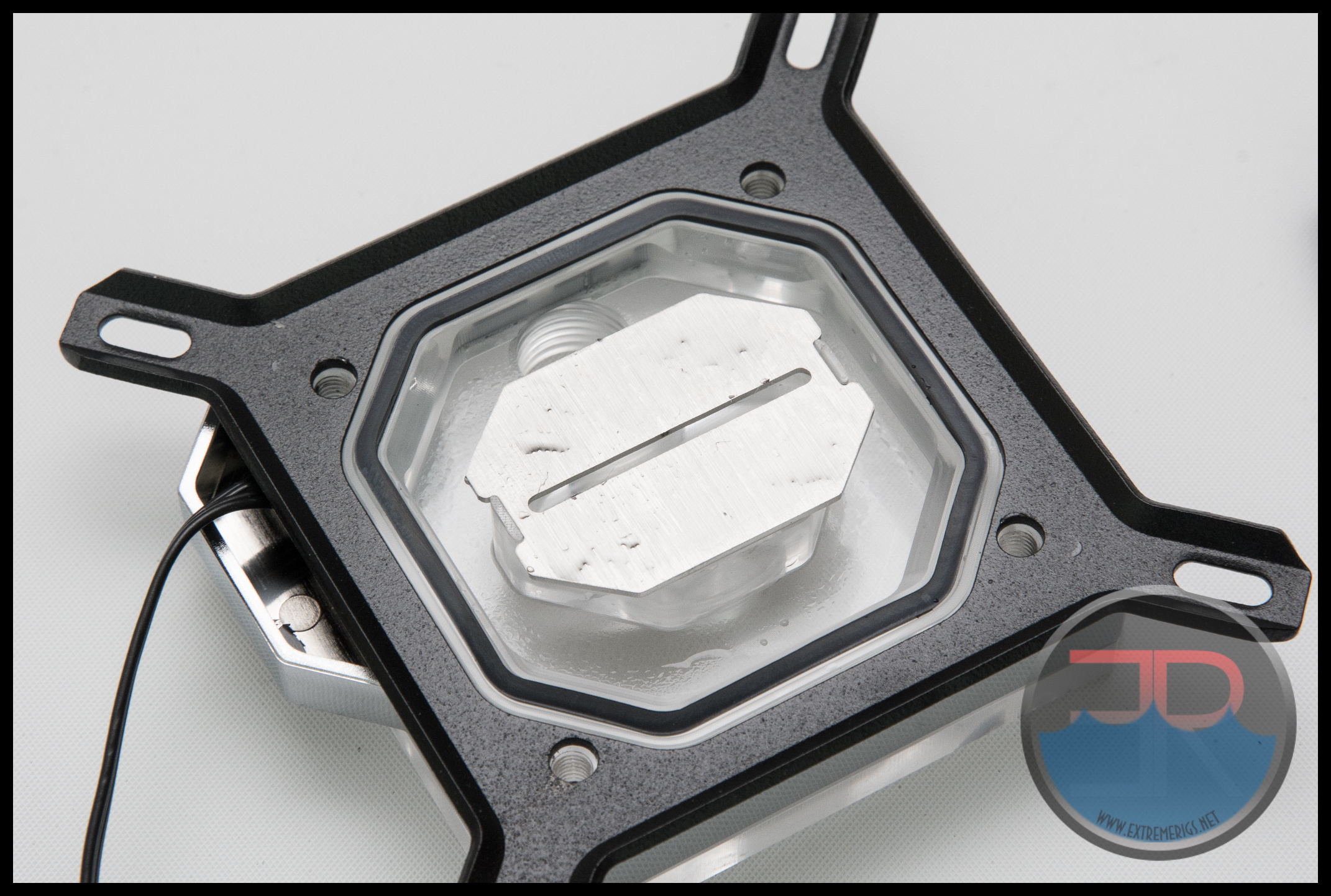
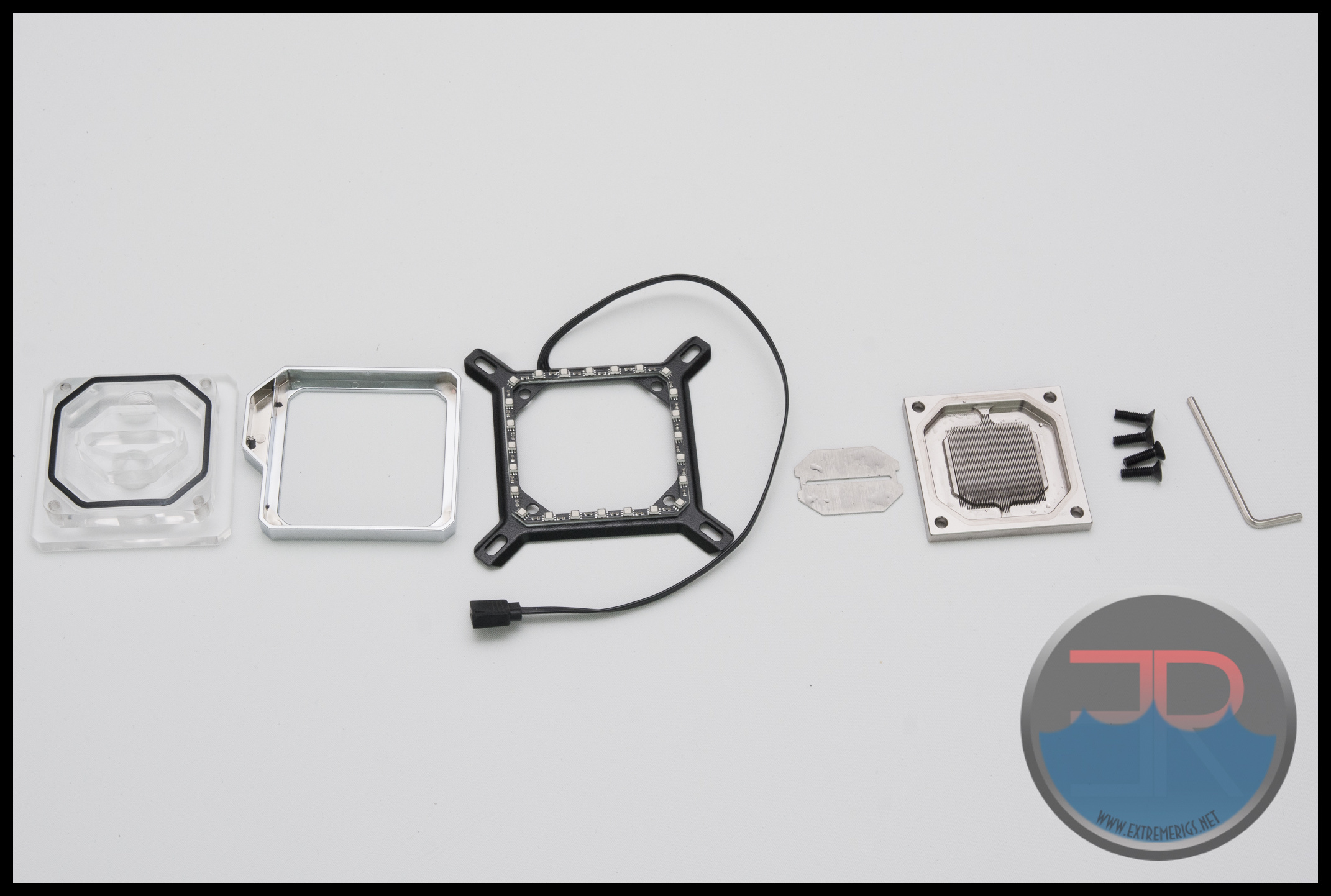
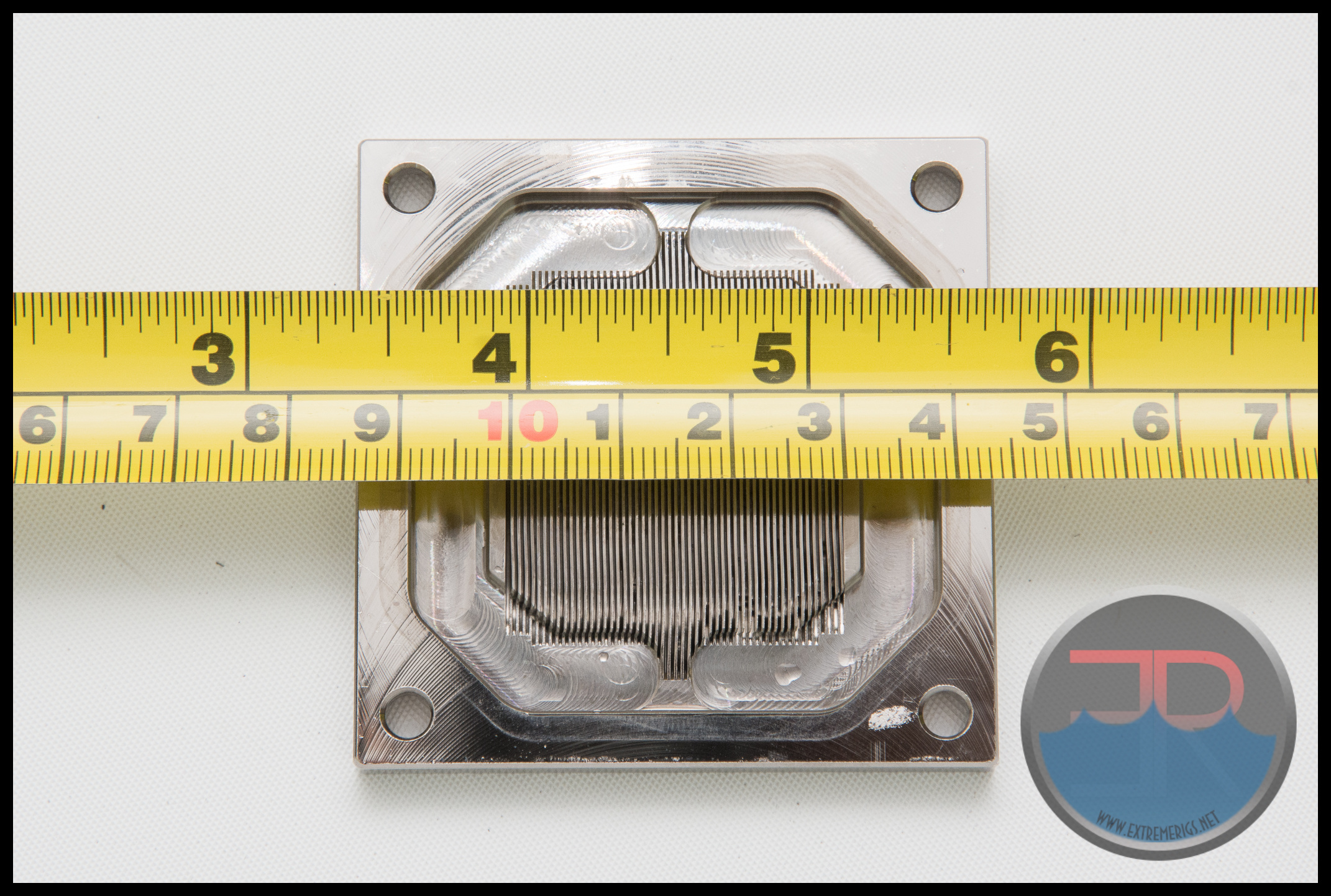
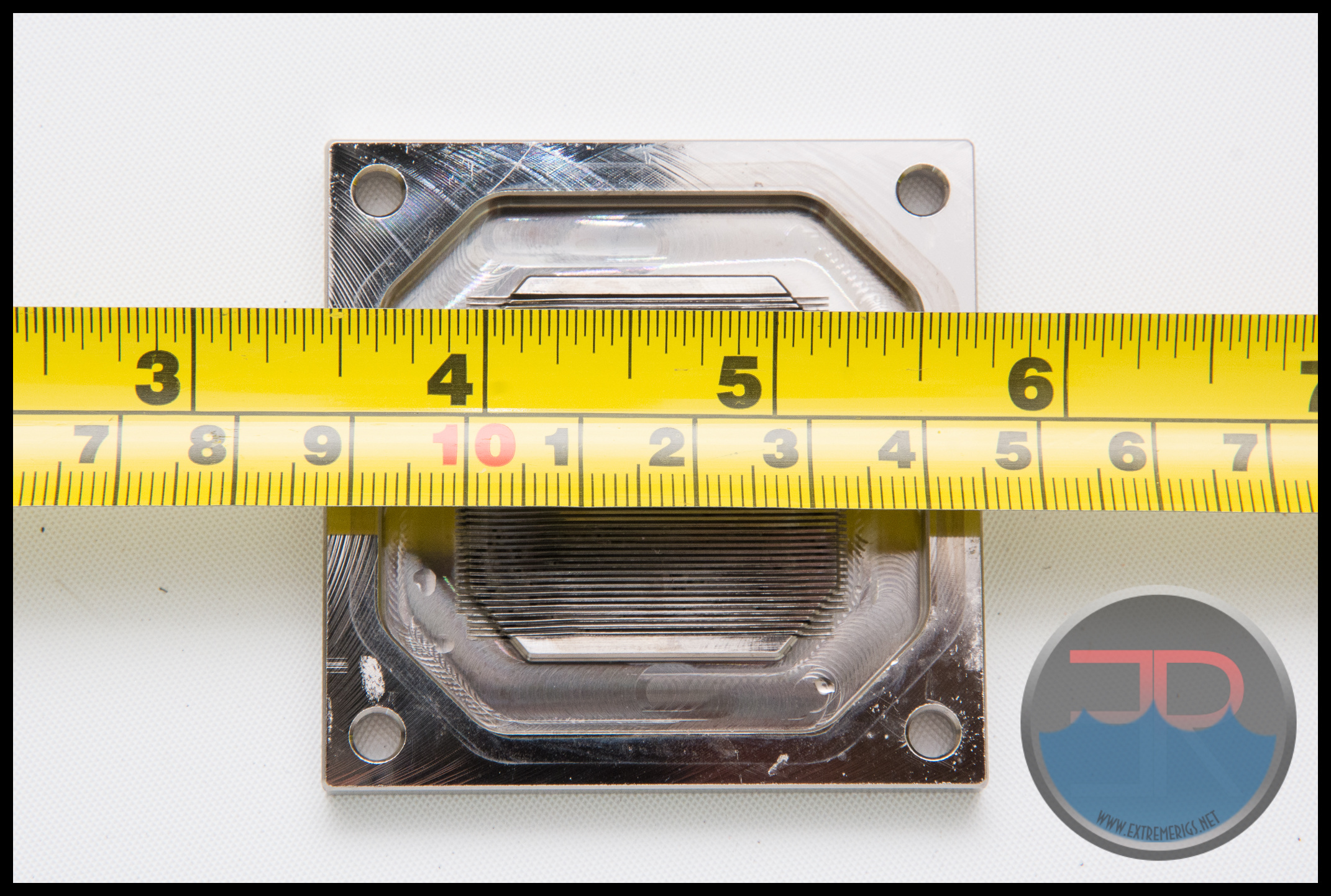



huh with the name velocity i’d have thought there would be less resistance or at least break even with slightly better performance (you’d hope).
seems my dreams of having a higher flowrate in my next built at minimal pump speed have been shattered (it’s fine in my current build but a higher flowrate just because of less resistance is always nice if it doesnt screw with the temps to much :P)
Comments are closed.